Common Materials Used in Watchmaking
Materials Used in Watchmaking?
Watches are one of the most popular accessories for both men and women. They not only tell time but also reflect a person's style and personality.
When it comes to watchmaking, there are several materials used to create the perfect timepiece. From traditional materials like stainless steel, gold, and platinum to modern materials like carbon fiber, watchmakers have a wide range of options to choose from.
In this blog post, we will explore some of the most common materials used in watchmaking and what makes them special.
Stainless Steel: Stainless steel is a popular choice for watchmaking due to its durability and resistance to corrosion. It is also a cost-effective option that offers a sleek and modern look. Stainless steel watches come in a range of finishes, including brushed, polished, and sandblasted. This material is perfect for those looking for a watch that can withstand daily wear and tear.

Titanium: Titanium is a lightweight and strong material that is often used in the aerospace and automotive industries. It has become increasingly popular in watchmaking due to its strength, durability, and hypoallergenic properties. Titanium watches are perfect for those who are looking for a watch that is both lightweight and strong.
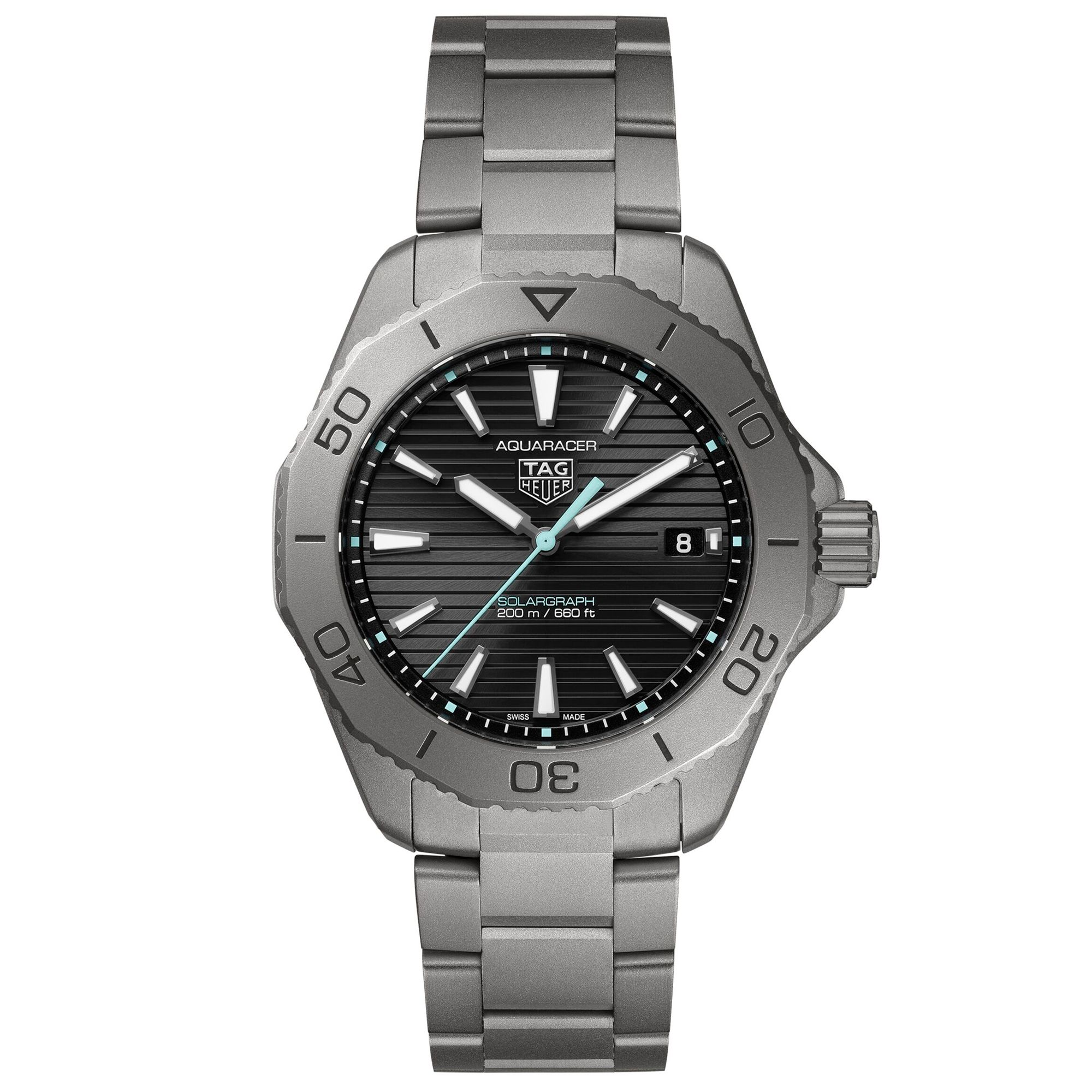
Gold: Gold has been a popular material for watchmaking for centuries. It is a luxurious and elegant material that adds value to any timepiece. Gold watches come in a range of colors, including yellow, white, and rose gold. They are perfect for those who are looking for a watch that makes a statement and exudes luxury.
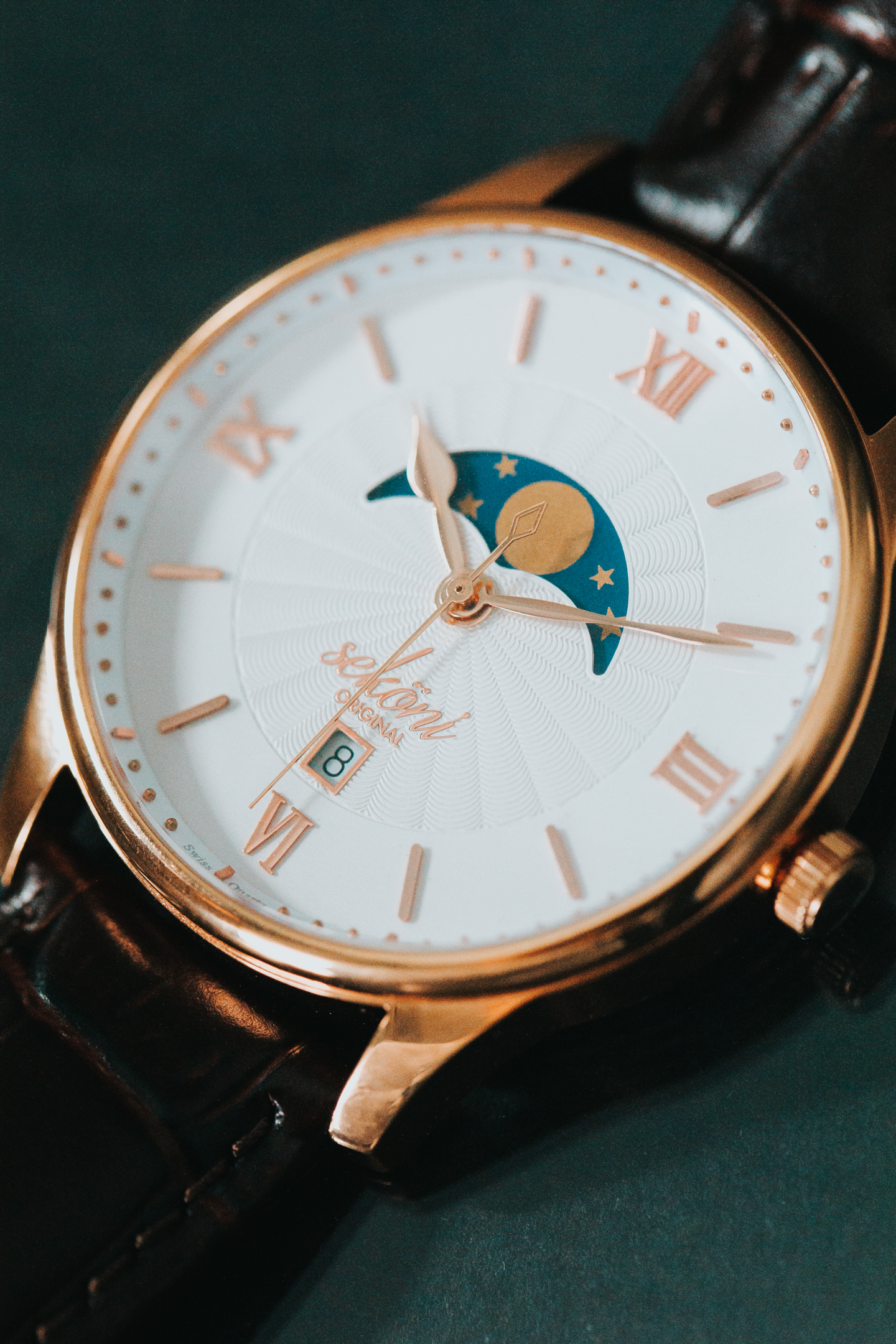
Platinum: Platinum is a rare and expensive material that is often used in high-end watchmaking. It is a dense and durable material that is resistant to tarnishing and corrosion. Platinum watches are perfect for those who are looking for a watch that is both exclusive and luxurious.
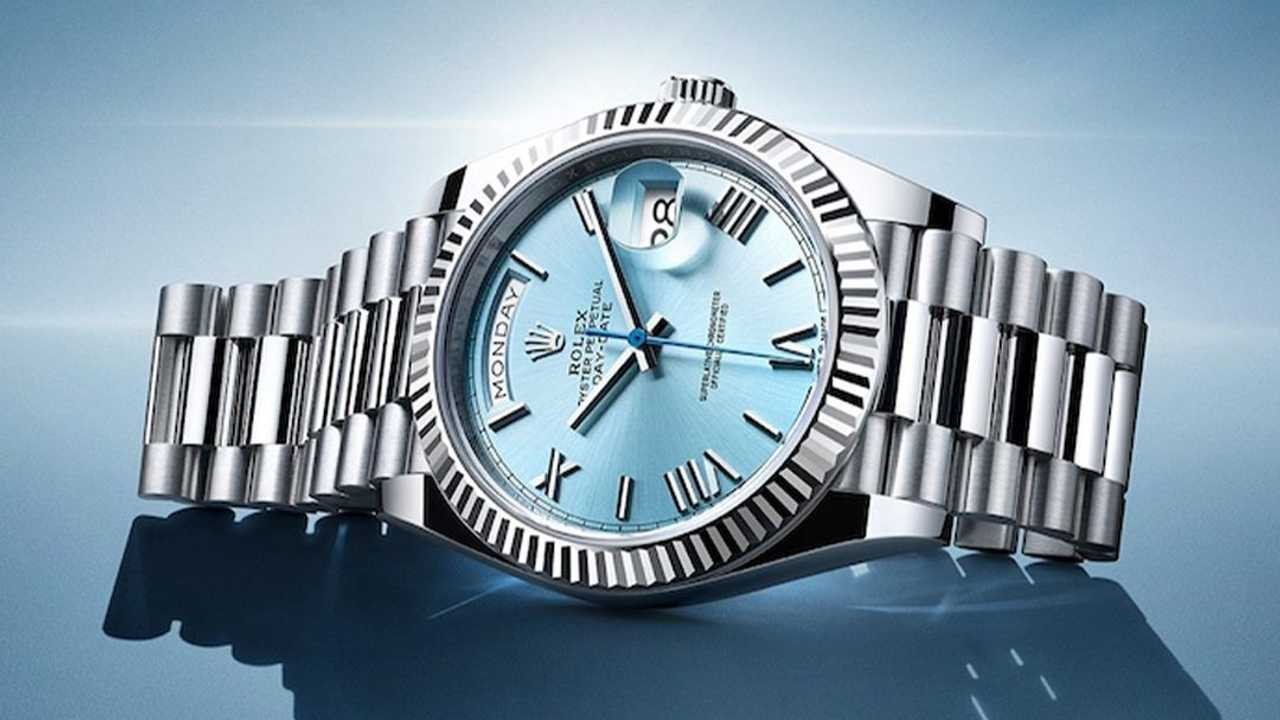
Ceramic: Ceramic is a modern material that is becoming increasingly popular in watchmaking. It is a lightweight and scratch-resistant material that comes in a range of colors. Ceramic watches are perfect for those who are looking for a watch that is both durable and stylish.
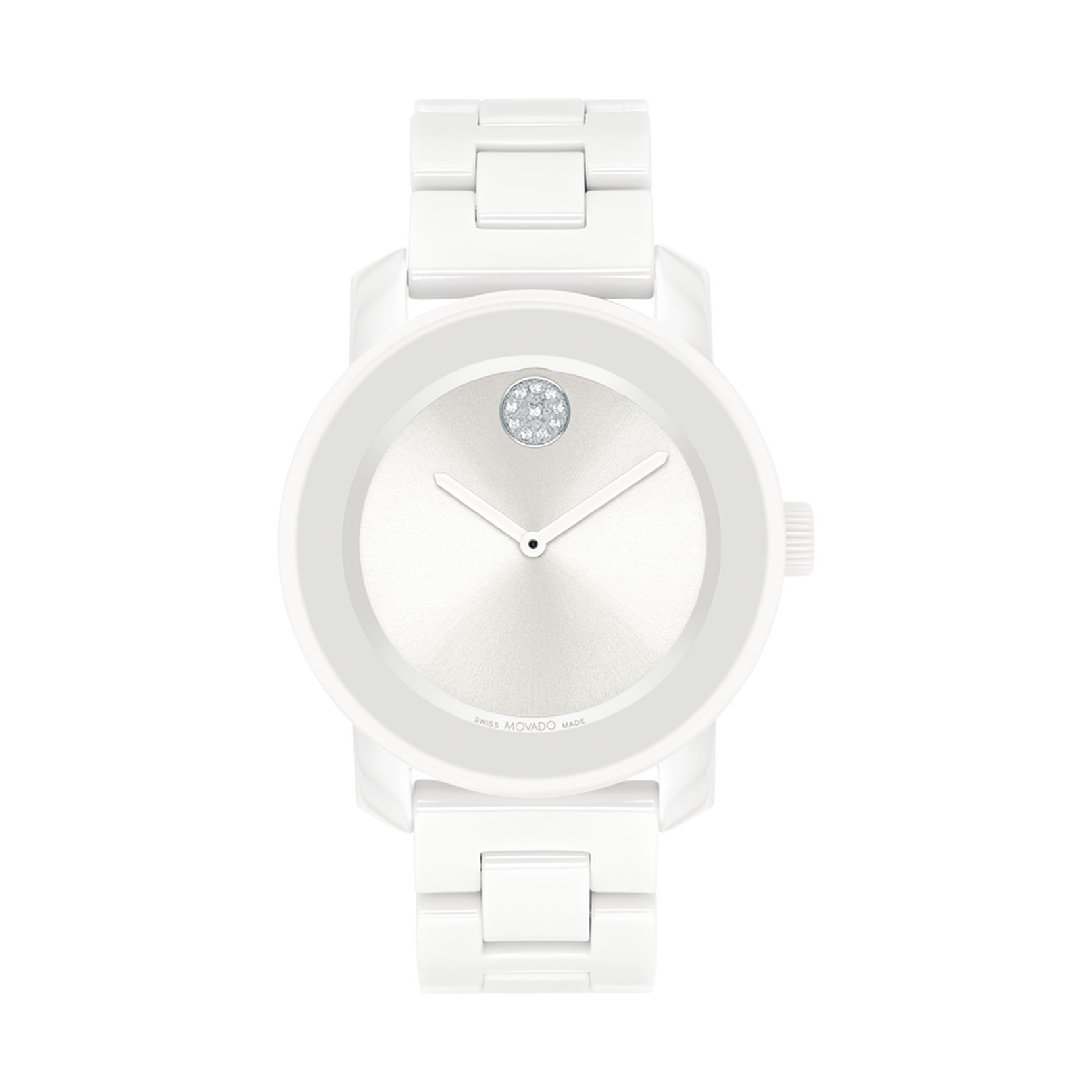
Carbon Fiber: Carbon fiber is a lightweight and strong material that is often used in high-performance sports equipment. It has become popular in watchmaking due to its durability and unique look. Carbon fiber watches are perfect for those who are looking for a watch that is both stylish and sporty.

Leather: Leather is a classic and timeless material that is often used for watch straps. It is a comfortable and durable material that comes in a range of colors and textures. Leather watches are perfect for those who are looking for a watch that is both elegant and versatile.
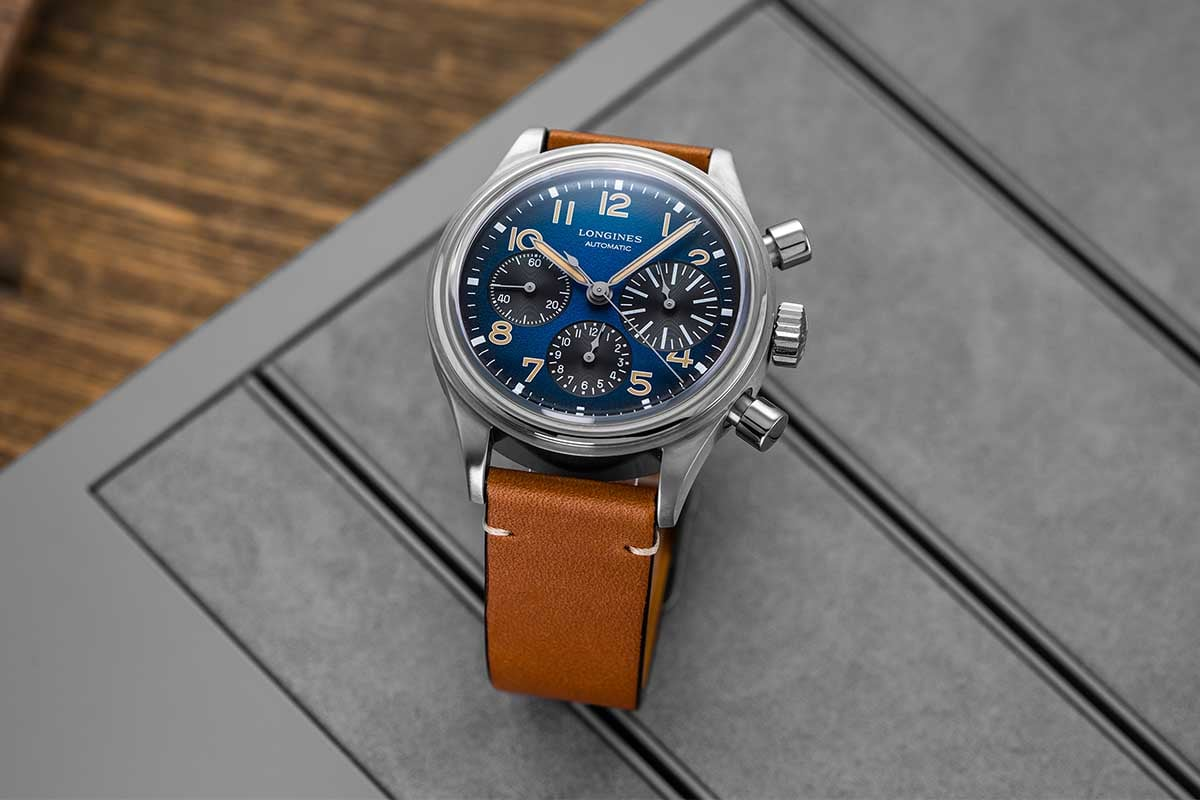
Rubber: Rubber is a modern and innovative material that is often used for watch straps. It is a durable and waterproof material that is perfect for sports watches. Rubber watches are perfect for those who are looking for a watch that is both practical and stylish. Without further adieu, let's dive right in and get a more in depth look at these different materials.
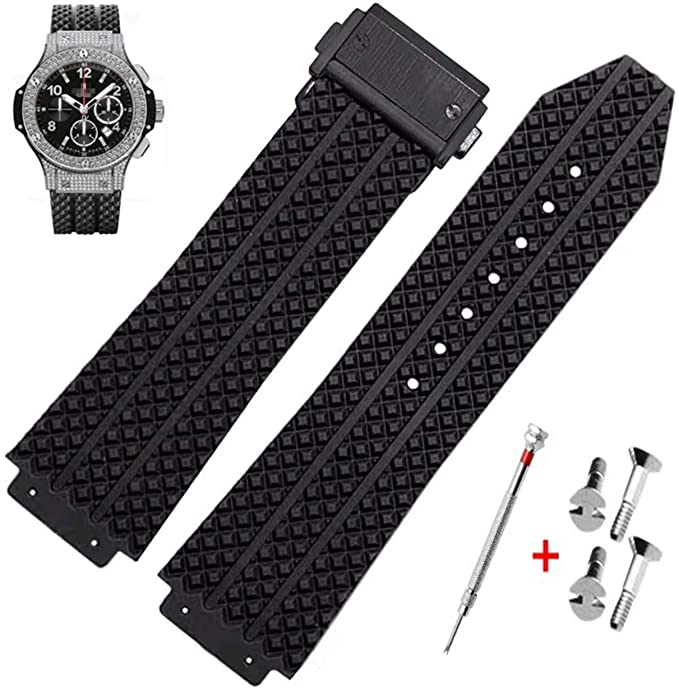
Stainless Steel
Stainless steel is the most common material used in watchmaking. It is highly durable, corrosion-resistant, and easy to work with, making it a popular watchmaker choice. Stainless steel watches can be polished to a high shine or brushed for a more matte finish.
The material is also hypoallergenic, making it ideal for people with sensitive skin. It offers many benefits, making it an excellent choice for watchmakers and wearers. We will explore why stainless steel is an excellent material for making watches.
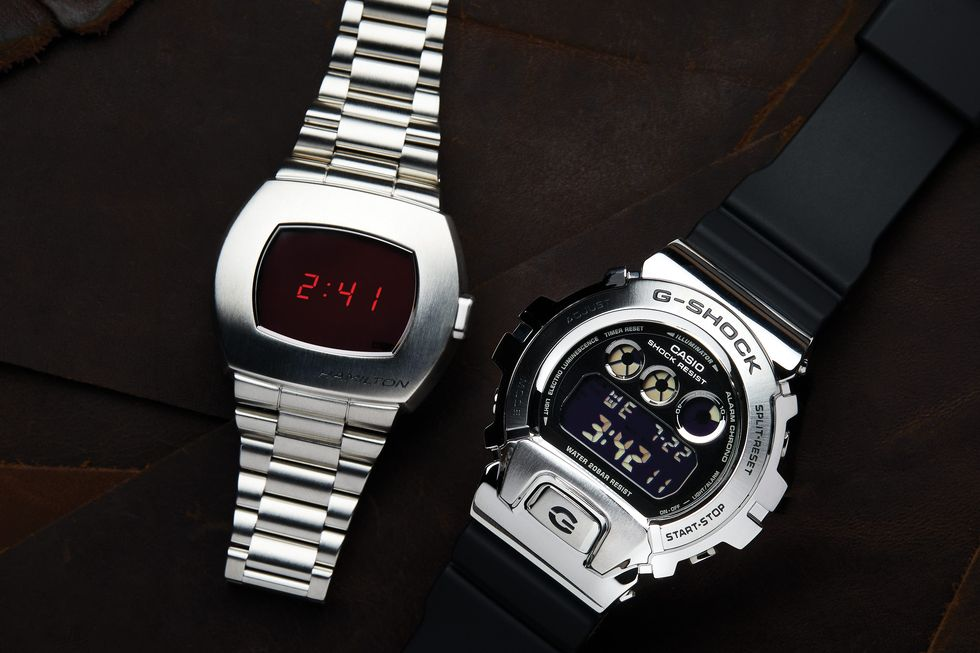
Durability
One of the primary benefits of stainless steel is its durability. Stainless steel is an alloy of iron, carbon, and other elements, which makes it highly resistant to corrosion, scratching, and wear and tear. This makes it an ideal material for watches subjected to daily use and exposure to the elements.
Easy to Work With
Another advantage of stainless steel is that it is relatively easy to work with. It can be machined, polished, and finished with a high degree of precision, making it a popular choice for watchmakers who require high-quality materials that can be easily shaped and customized.
Hypoallergenic
Stainless steel is also hypoallergenic, unlikely to cause an allergic reaction in people with sensitive skin. This makes it an excellent choice for watch wearers who may have allergic reactions to other materials, such as nickel.
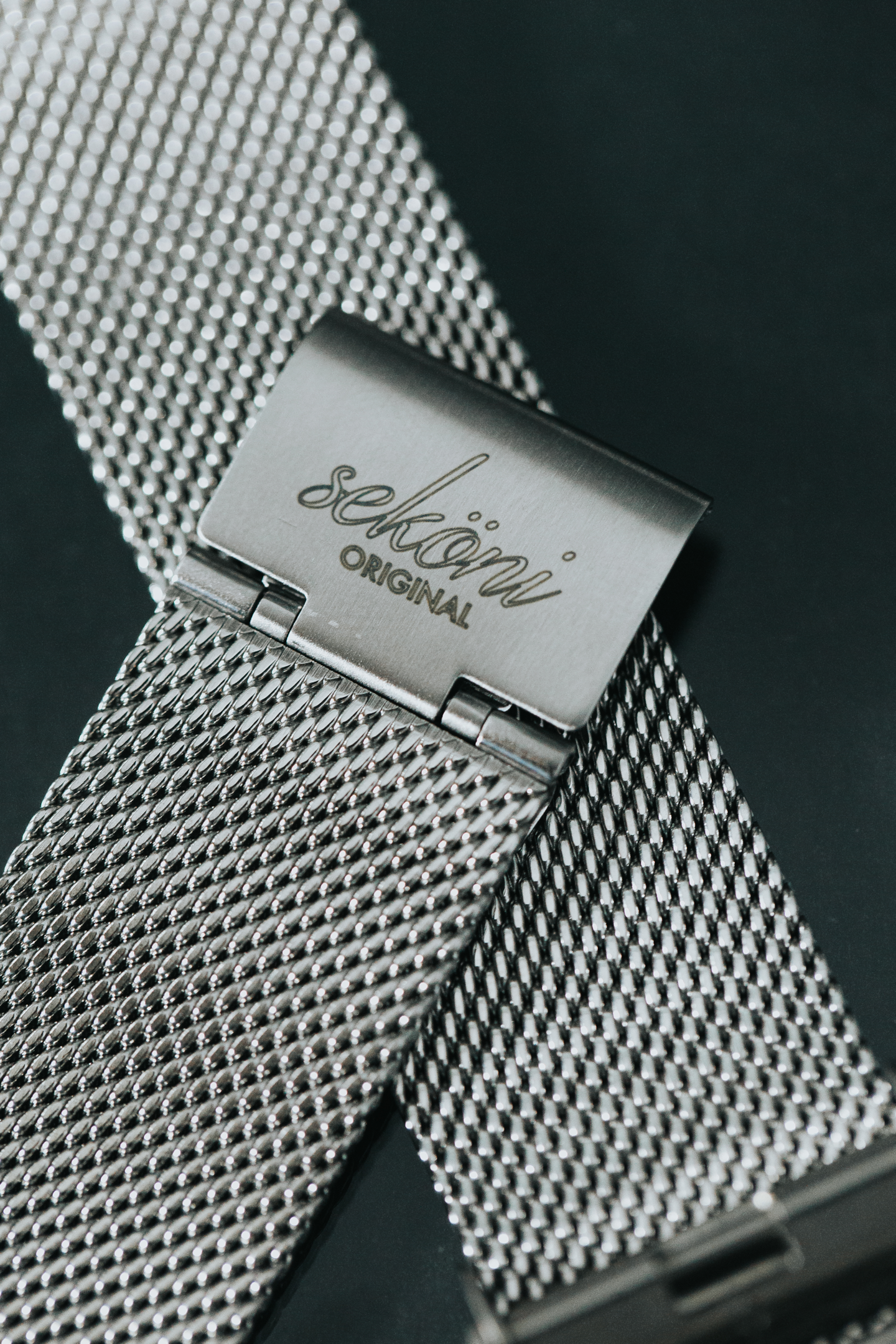
Versatility
Stainless steel is a versatile material used in various watch styles and designs. It can be polished to a high shine or finished with a matte or brushed surface. This allows watchmakers to create elegant and sporty watches depending on the desired look and feel.
Affordable
Compared to other materials, stainless steel is relatively affordable, making it an accessible choice for many consumers. While luxury watches may use more expensive materials like gold or platinum, stainless steel watches can still offer high quality and durability at a more affordable price point.
Easy to Clean and Maintain
Stainless steel watches are also easy to clean and maintain. They can be wiped down with a soft cloth to remove dirt and grime, and they do not require any special cleaning or maintenance products. This makes stainless steel watches a convenient and low-maintenance choice for watch wearers.
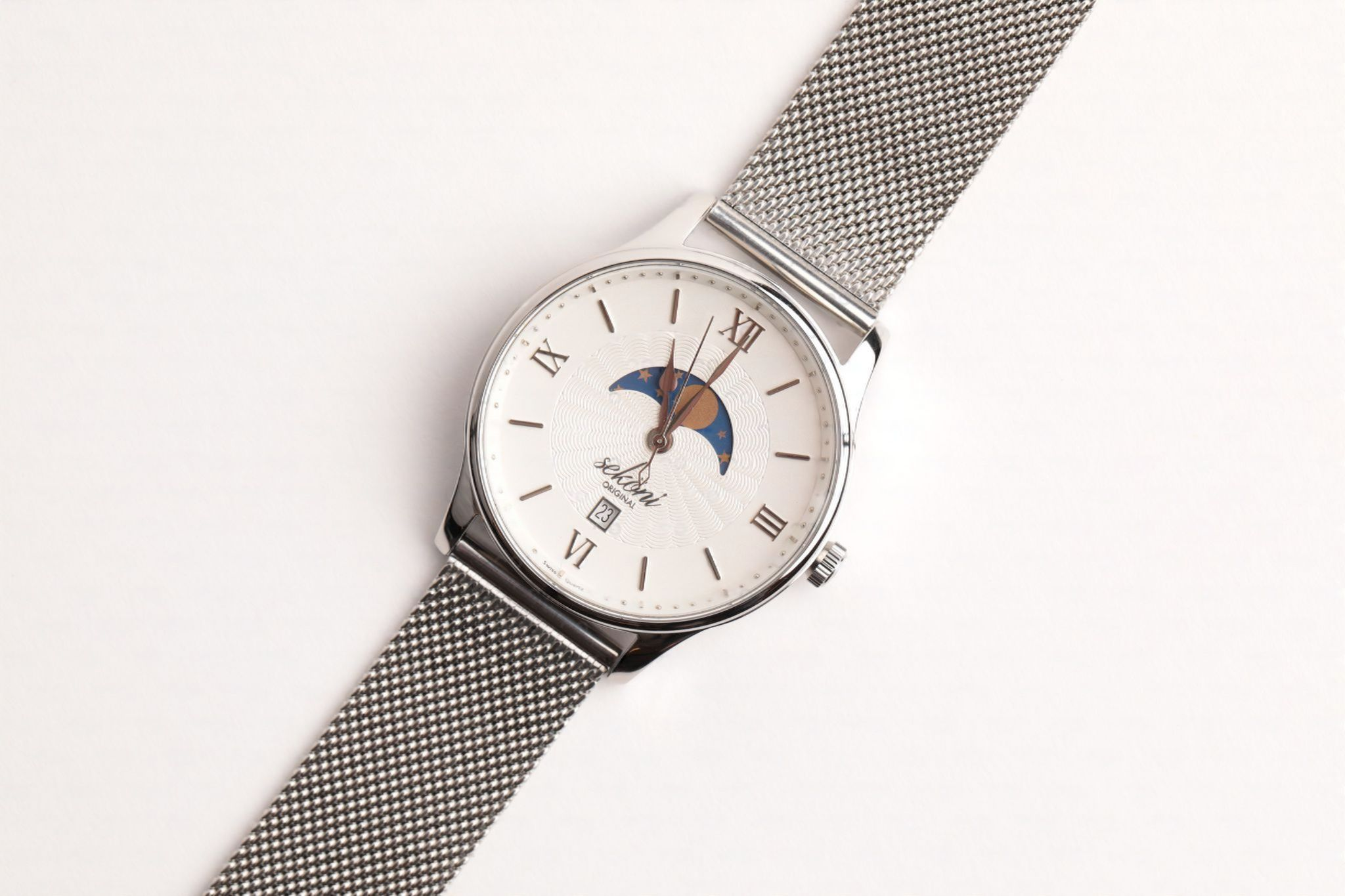
Resale Value
Finally, stainless steel watches also tend to hold their resale value well. This is due in part to the durability and longevity of the material, which means that stainless steel watches can continue to look and function well for many years, even with regular use. This makes them a wise investment for watch buyers interested in selling or trading their watches in the future.
In conclusion, stainless steel is an excellent material for making watches due to its durability, ease of use, hypoallergenic properties, versatility, affordability, ease of cleaning and maintenance, and resale value. It is a popular choice among watchmakers and watch wearers alike, and it will likely remain so for many years.
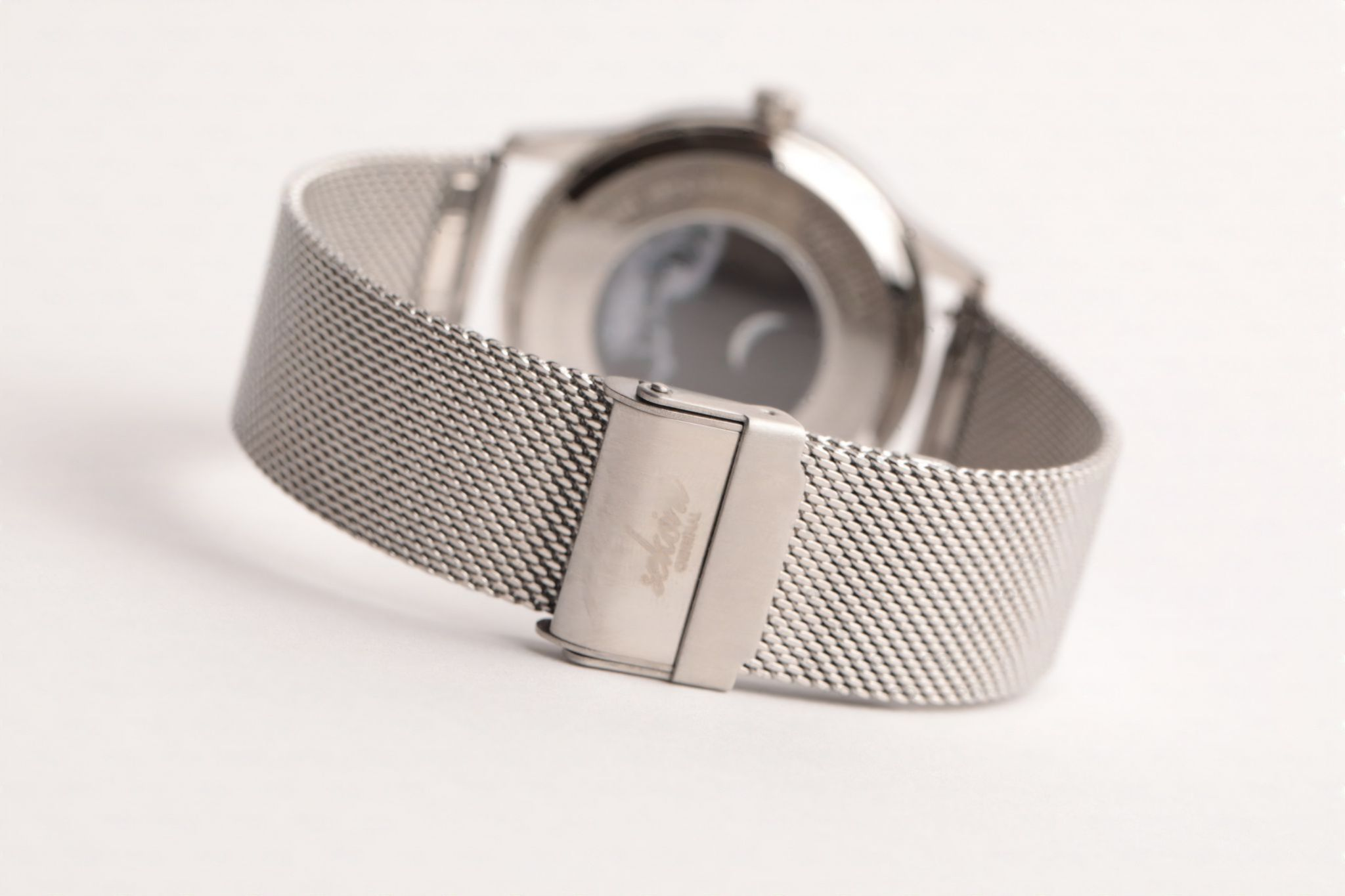
Titanium
Titanium is a lightweight, strong, and durable material often used in high-end watches. It is also hypoallergenic, making it ideal for people with sensitive skin. Titanium watches have a unique brushed finish that distinguishes them from other materials.
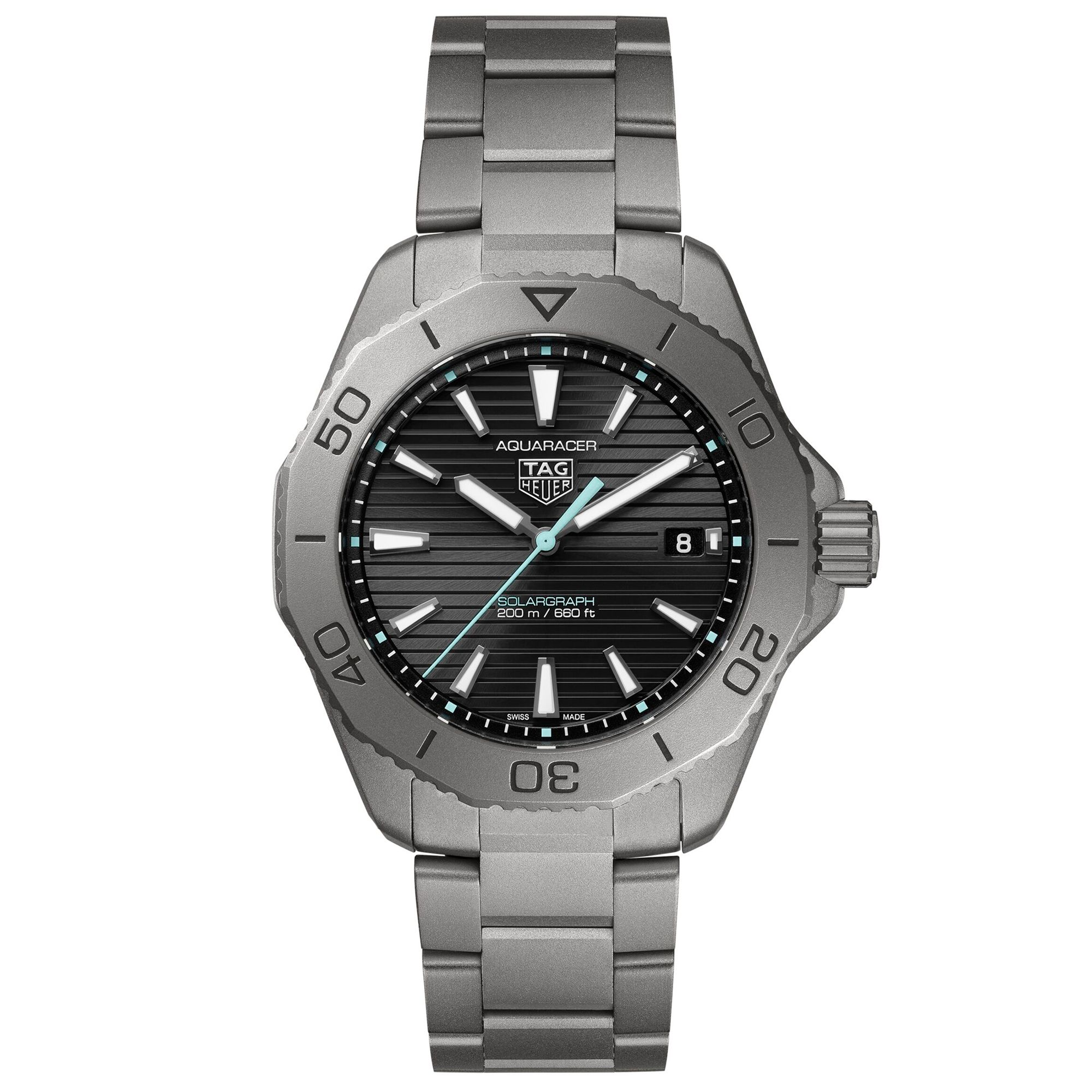
The material is also corrosion-resistant, making it suitable for diving and other water sports. Titanium is a relatively new material used in watchmaking but has quickly become popular among watch enthusiasts and professionals.
Titanium is incredibly strong, lightweight, and durable, making it an excellent choice for watchmaking. In this article, we will explore why stainless titanium is an ideal material for making watches.
Durability
Titanium is known for its exceptional strength, making it highly resistant to scratching and denting. This makes it an ideal material for watches exposed to daily wear and tear. Watches made from titanium can handle impact and wear much better than those made from other materials, making them an excellent choice for those who want a watch that can withstand the rigors of daily life.
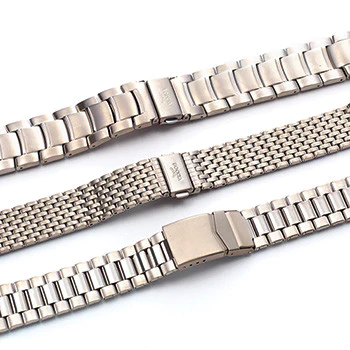
Lightweight
Despite its strength, titanium is incredibly lightweight, making it comfortable for long periods. Watches made from titanium are significantly lighter than those made from stainless steel or other metals, which can be important for people sensitive to their watches' weight.
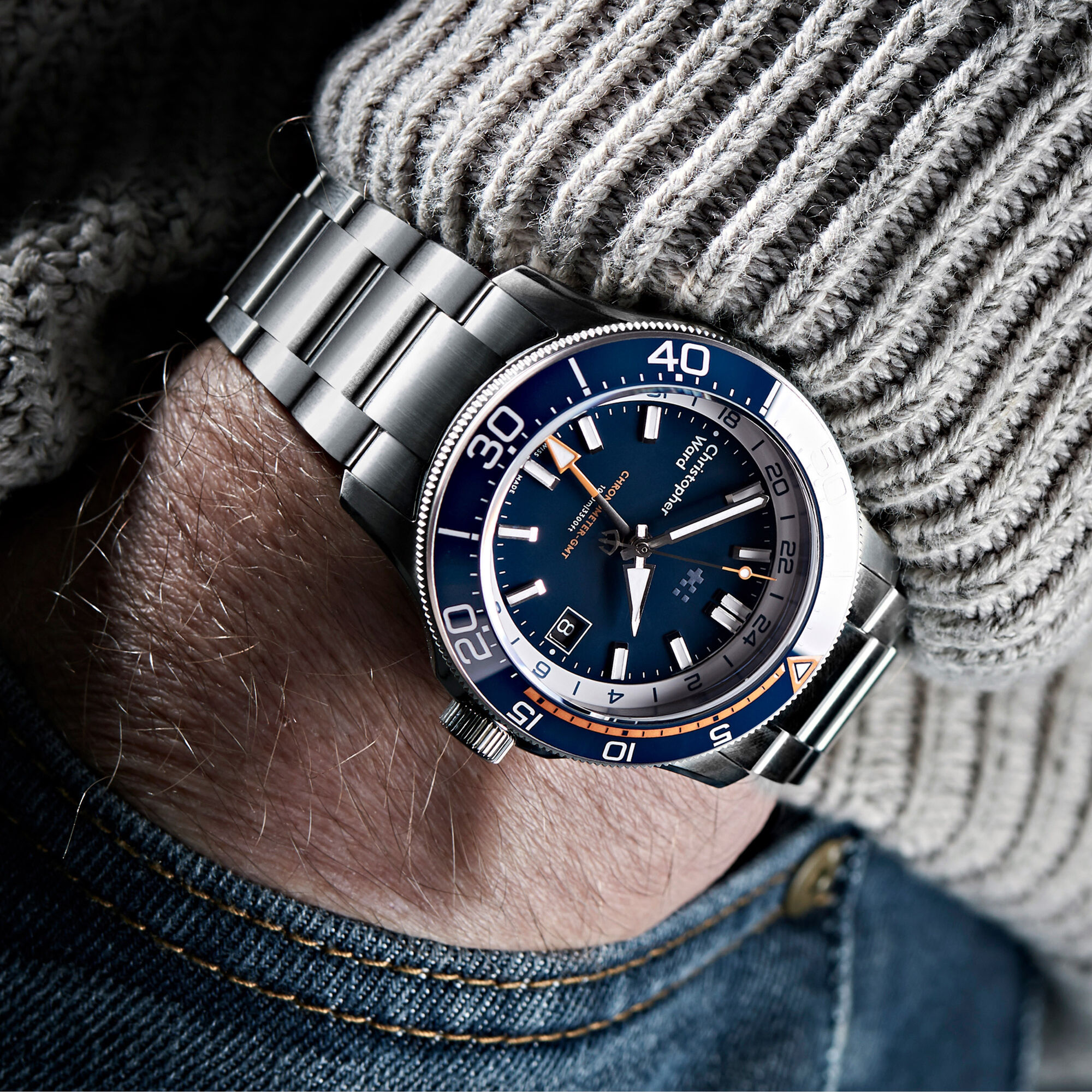
Hypoallergenic
Titanium is also hypoallergenic, making it an excellent choice for sensitive skin. Watches made from titanium will not cause skin irritation or allergic reactions, making them a popular choice among people with allergies or other skin sensitivities.
Unique Appearance
Titanium has a unique appearance that sets it apart from other materials. It has a darker, more matte finish than stainless steel, which can give it a more modern and sophisticated look. This can make titanium watches stand out from the crowd and add a unique touch to any outfit.
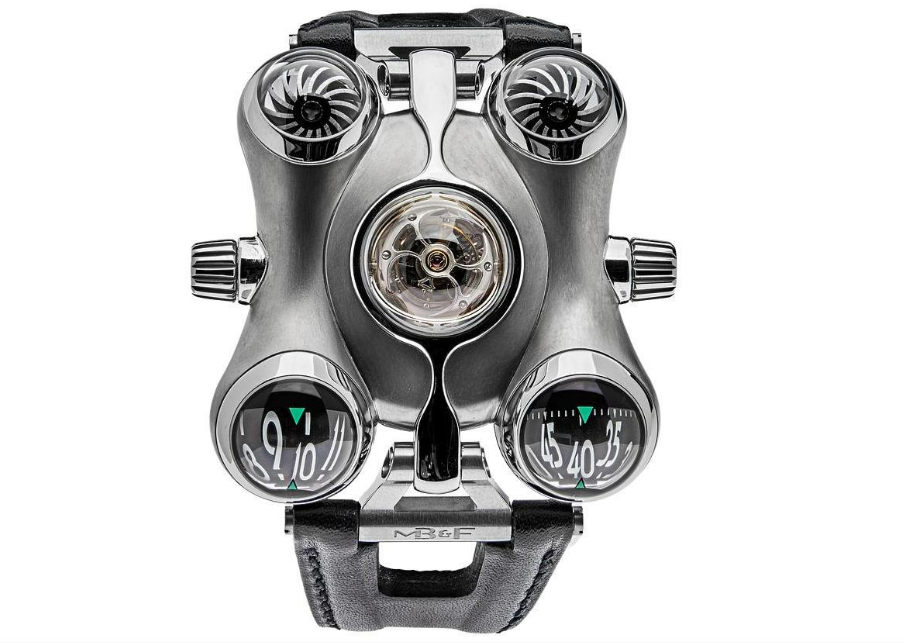
Corrosion-Resistant
Titanium is highly corrosion-resistant, making it an excellent choice for watches exposed to water or other corrosive substances. Watches made from titanium will not rust or corrode, even with prolonged exposure to saltwater or other corrosive materials.
Biocompatible
Titanium is also biocompatible, meaning it is compatible with living tissue. This makes it an excellent choice for watches that will be worn for long periods, as it will not cause irritation or other issues with the skin.
Versatility
Titanium is a versatile material used in various watch styles and designs. It can be polished to a high shine or finished with a matte or brushed surface. This allows watchmakers to create elegant and sporty watches depending on the desired look and feel.
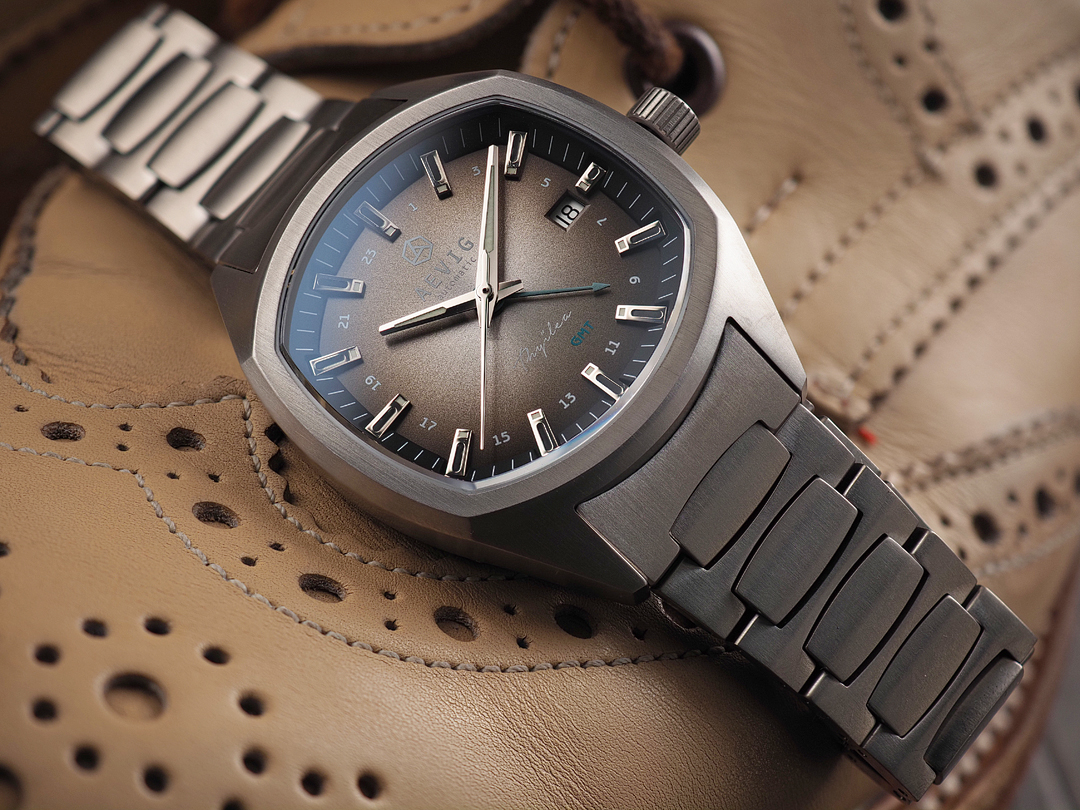
Resale Value
Finally, titanium watches tend to hold their resale value well. This is due in part to the durability and longevity of the material, which means that titanium watches can continue to look and function well for many years, even with regular use. This makes them a wise investment for watch buyers interested in selling or trading their watches in the future.
Gold
Gold watches are a classic and timeless choice. They are often used in luxury watches and come in various colors, including yellow, rose, and white gold. Gold is a soft and malleable material, making it easy to work with and customize.
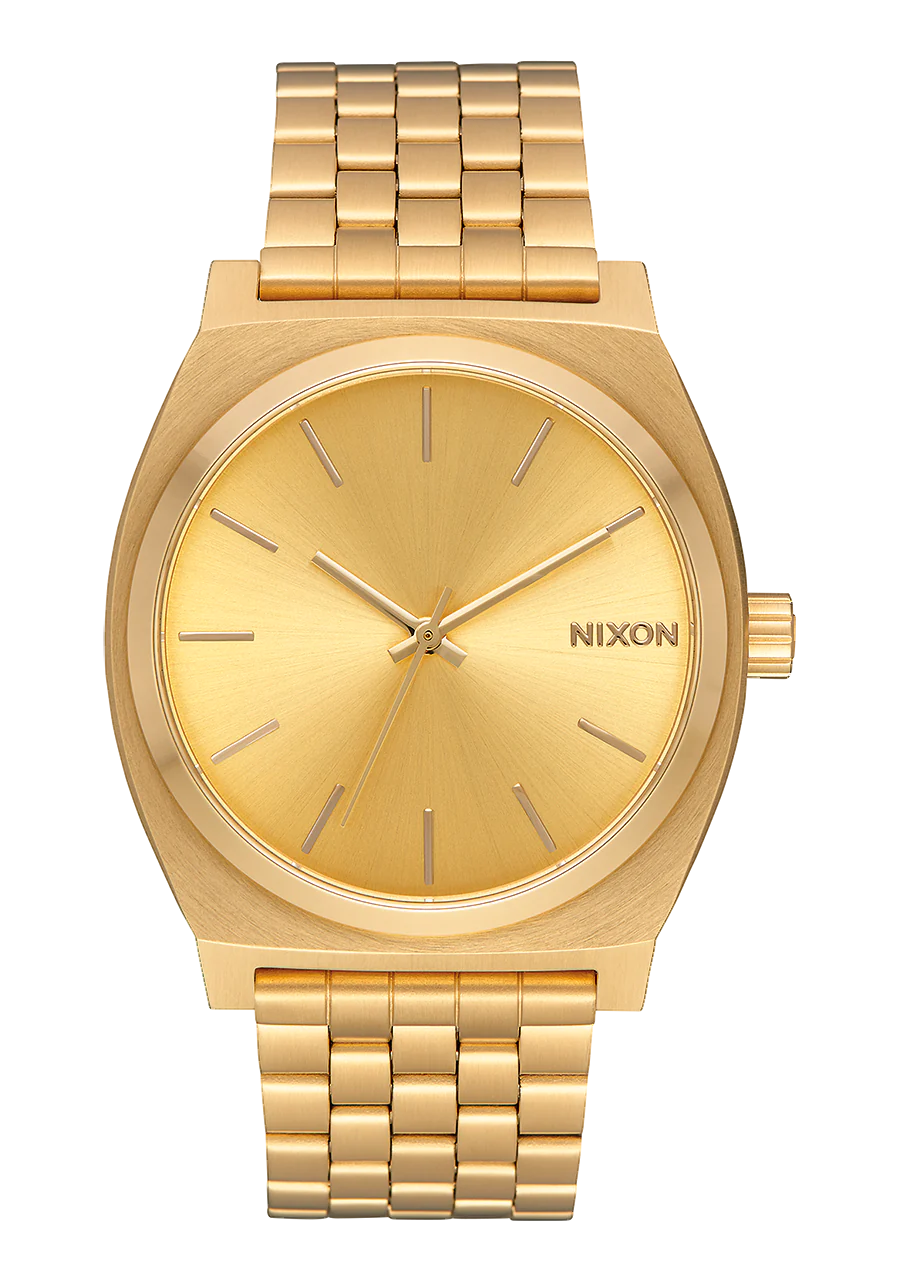
However, it is also relatively heavy and can be prone to scratching. Gold has been a popular material for watches for centuries, and for a good reason. Not only does it add an air of luxury and sophistication to a timepiece, but it also has several practical benefits.
This article will explore why gold is an excellent material for making watches.
Aesthetics
The most obvious reason to use gold in watchmaking is its aesthetics. Gold has a beautiful, warm color and lustrous shine, making it an ideal material for luxury timepieces. Its natural beauty makes it a popular choice for dress watches and high-end timepieces designed to be seen as symbols of wealth and status.

Durability
Gold is a relatively soft metal but is also highly resistant to corrosion and tarnish. This makes it an ideal material for watch cases and bracelets, which are subject to wear and tear from daily use. Gold watches can last for decades, maintaining their beautiful appearance over time.
Value
Gold is a precious metal with intrinsic value, meaning it is worth something simply because of what it is. This makes gold watches an excellent investment, as they tend to hold their value over time. Some gold watches have been known to appreciate, making them an intelligent choice for collectors and investors alike.
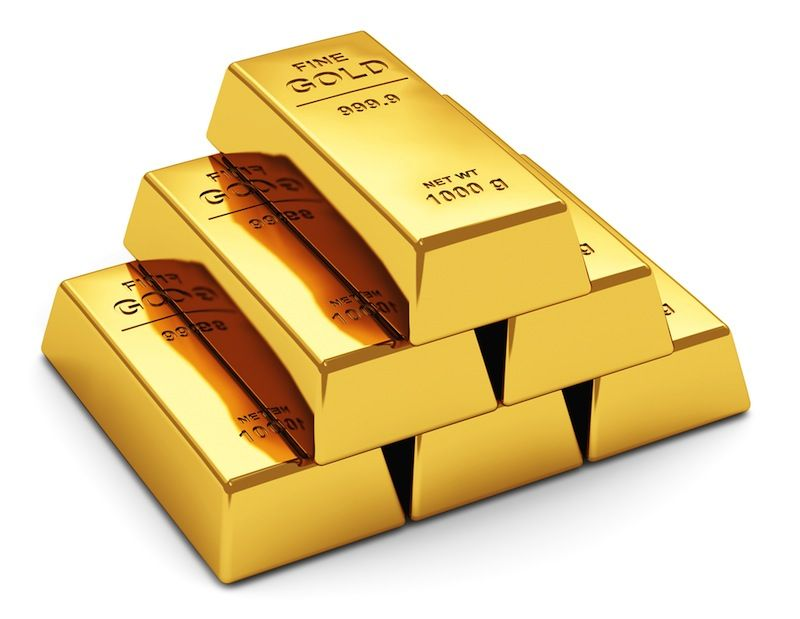
Rarity
Gold is a relatively rare metal, making it a coveted material for luxury goods. The scarcity of gold makes it an ideal material for watches designed to be exclusive and sought-after. Gold watches are often produced in limited editions, adding to their desirability among collectors.
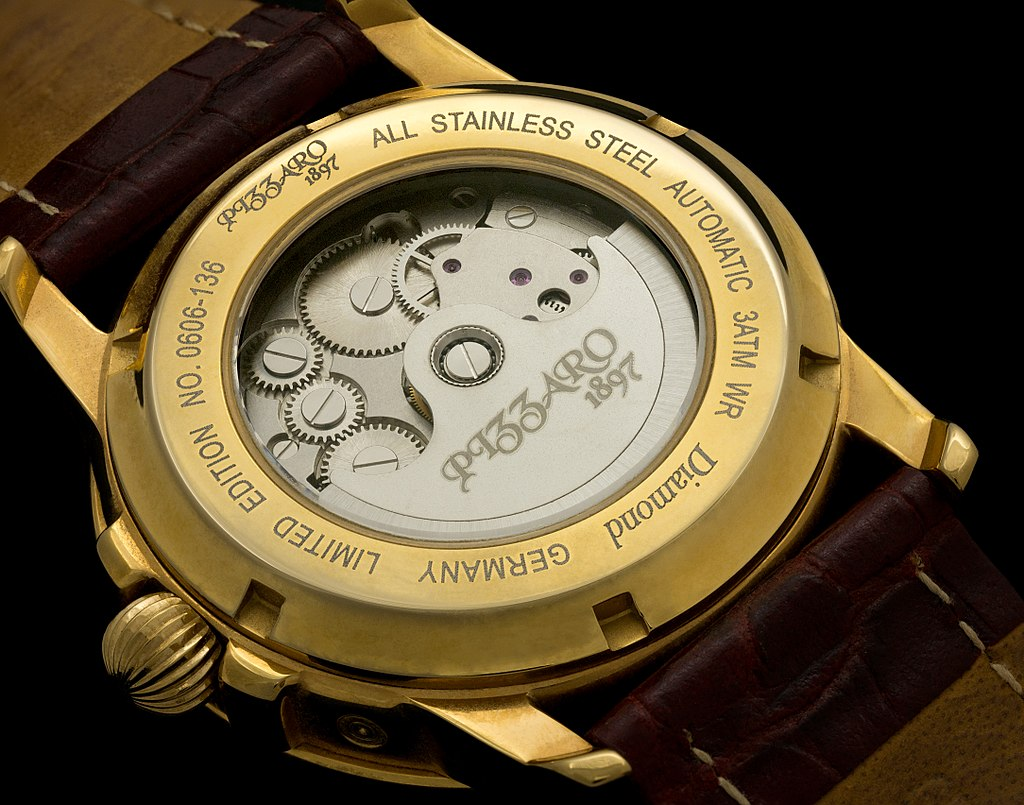
Comfort
Gold is a malleable metal that can be formed into complex shapes and designs. This makes it an ideal material for watch bracelets, as it can be shaped to fit the wearer's wrist comfortably. Gold is also a relatively dense metal, which gives it a satisfying weight that some watch enthusiasts find appealing.
Versatility
Gold is a versatile material that can be alloyed with other metals to create various colors and finishes. Yellow gold is the classic choice for luxury watches, but rose gold and white gold have also become popular recently. Gold can also be finished with various textures and patterns, allowing watchmakers to create unique, eye-catching designs.
Heritage
Gold has a long history in watchmaking, dating back to the 16th century. Many of the world's most prestigious watch brands have a tradition of using gold in their timepieces, and this heritage adds to the prestige and desirability of gold watches. For collectors and enthusiasts, owning a gold watch is often seen as a connection to this rich history and tradition.

Platinum
Platinum is a dense, heavy metal often used in high-end watches. It is more durable than gold and is also hypoallergenic. Platinum watches are rare and expensive, making them a symbol of luxury and prestige. It has a unique set of properties, making it an excellent material for watchmaking. Let's explore some of the reasons why platinum is such a desirable watchmaking metal.
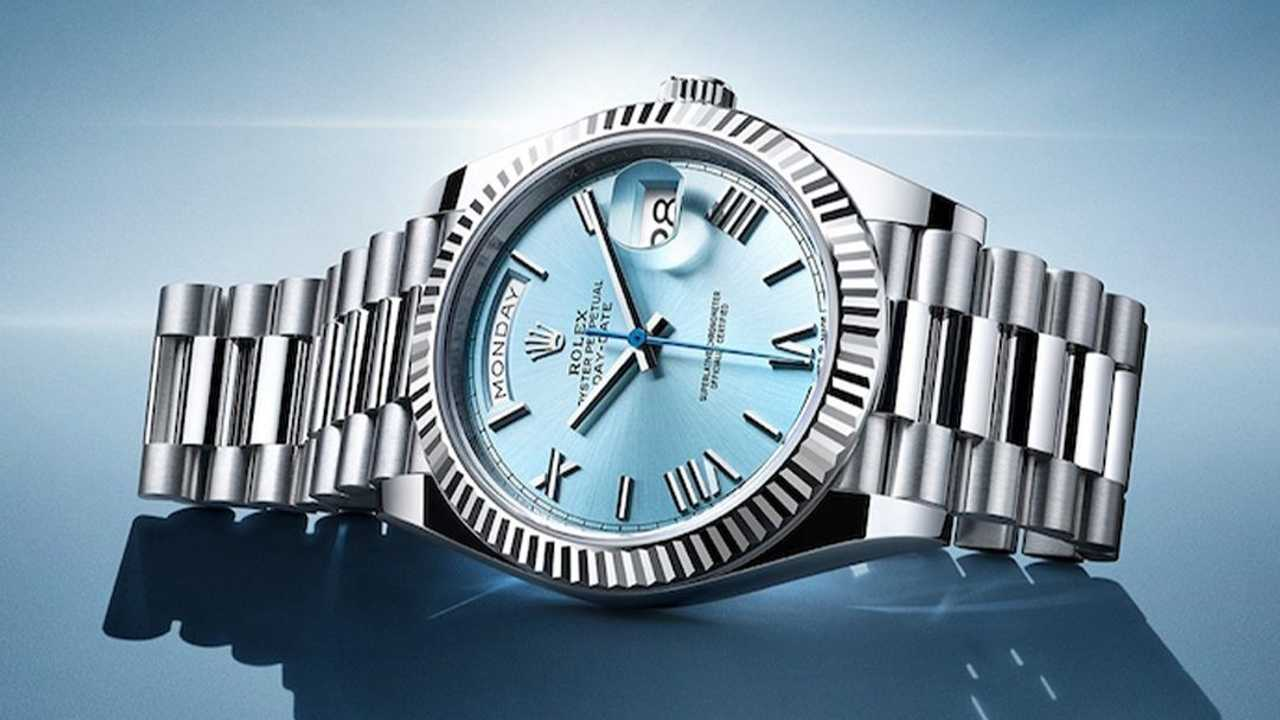
Durability
Platinum is one of the most durable metals in the world. It is exceptionally resistant to corrosion and wear, making it an ideal material for watch cases and bracelets. Watches of platinum are less likely to show signs of wear and tear over time and can last for many years with proper care.
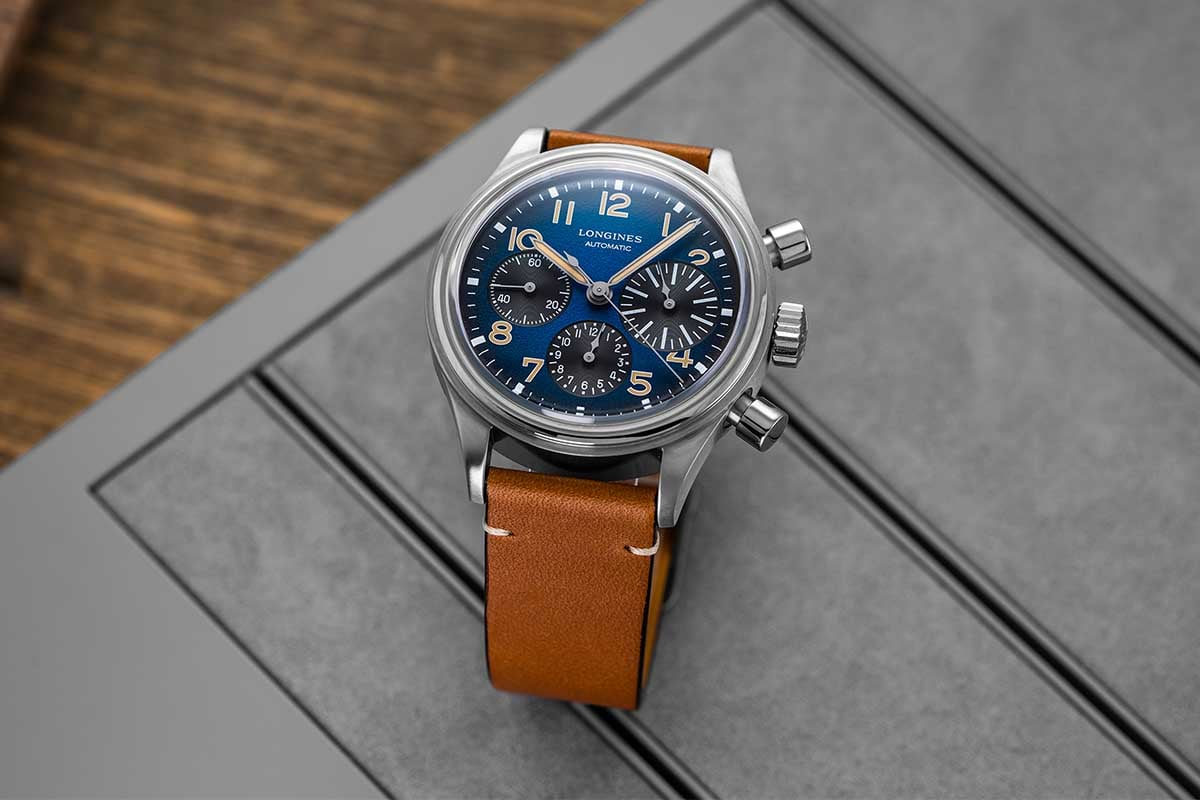
Rarity
Platinum is a scarce metal, with a limited supply available worldwide. This rarity makes it an exclusive and sought-after material for luxury watches. The limited availability of platinum also adds to its value and prestige, making it a popular choice for collectors and enthusiasts.
Beauty
Platinum's distinctive silvery-white color gives it a unique and sophisticated look. It has a natural luster and can be polished to a high shine, making it an ideal material for watch cases and bracelets. Platinum's beauty and elegance make it famous for dress watches and high-end timepieces.
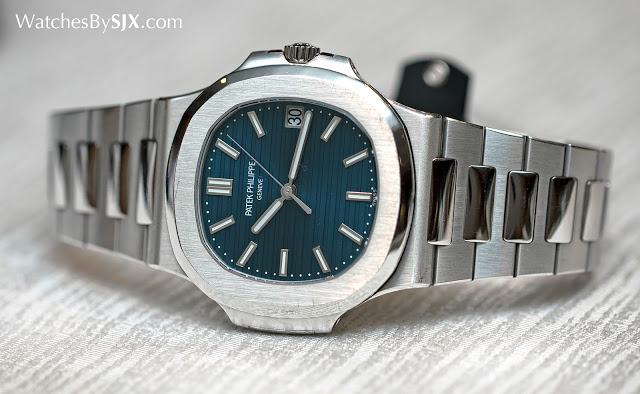
Density
Platinum is a dense metal, which gives it a satisfying weight and feels when worn. This weightiness can add to the perceived value and quality of a watch. Platinum's density also makes it a strong and durable material for watchmaking, ensuring that watches made of platinum can withstand the rigors of daily wear.
Hypoallergenic
Platinum is a hypoallergenic metal, less likely to cause an allergic reaction or skin irritation. This makes it an ideal material for watch cases and bracelets, particularly for those with sensitive skin. Watches made of platinum can be worn comfortably for extended periods without causing discomfort.
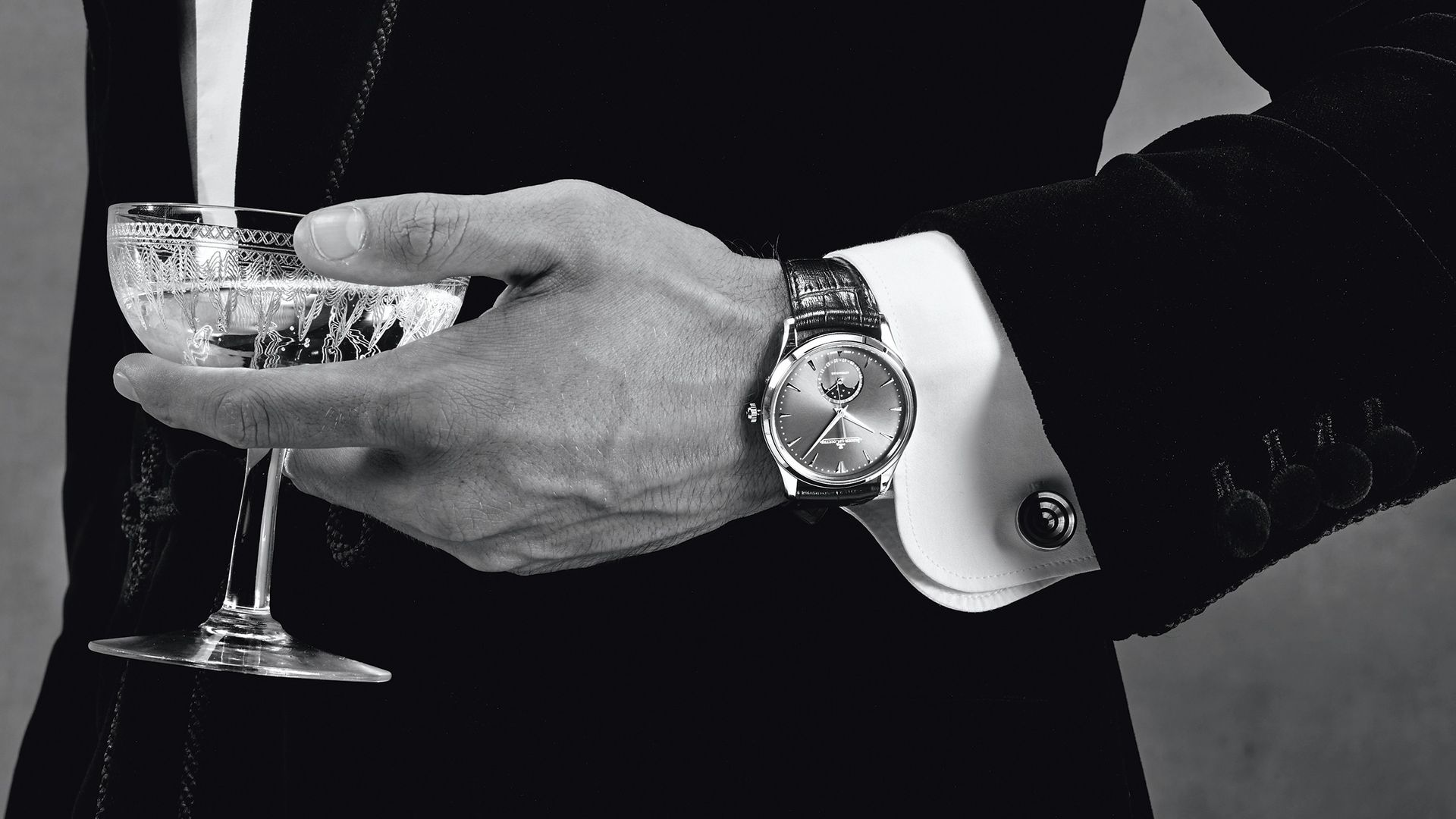
Resistance to Tarnish
Unlike other metals, platinum is highly resistant to tarnish. This means that watches made of platinum will maintain their original appearance over time without requiring regular polishing or maintenance. This makes platinum watches a low-maintenance option for those who want a luxury timepiece without the hassle of frequent upkeep.
Value Retention
Platinum is a precious metal that holds its value well over time. Unlike other materials, the value of platinum is not dependent on fashion trends or market fluctuations. Watches made of platinum are considered a sound investment, as they tend to hold their value or even appreciate over time. For those who value quality and elegance in their watches, platinum is an excellent choice.

Ceramic
Ceramics is a relatively new material used in watchmaking, but it has become increasingly popular recently. It is highly scratch-resistant and has a unique matte finish that differentiates it from other materials. Ceramic watches are often used in sporty or casual designs. It offers a fantastic set of properties, making it an excellent watchmaking choice.
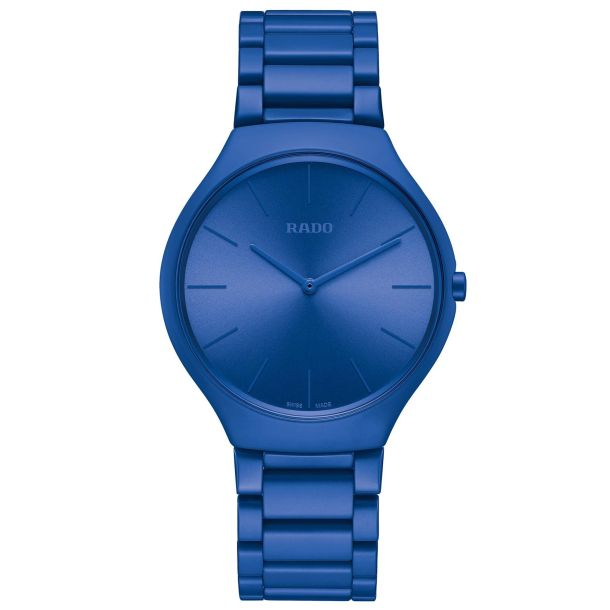
Scratch Resistance
Ceramic is a tough and scratch-resistant material. It is much harder than stainless steel, making it less susceptible to scratches and other types of damage. This means that watches made of ceramic can maintain their original appearance over time without requiring frequent polishing or maintenance.
Durability
Ceramic is a very durable material that can withstand the rigors of daily wear. It is resistant to corrosion and wear, making it an ideal material for watch cases and bracelets. Watches made of ceramic are less likely to show signs of wear and tear over time and can last many years with proper care.
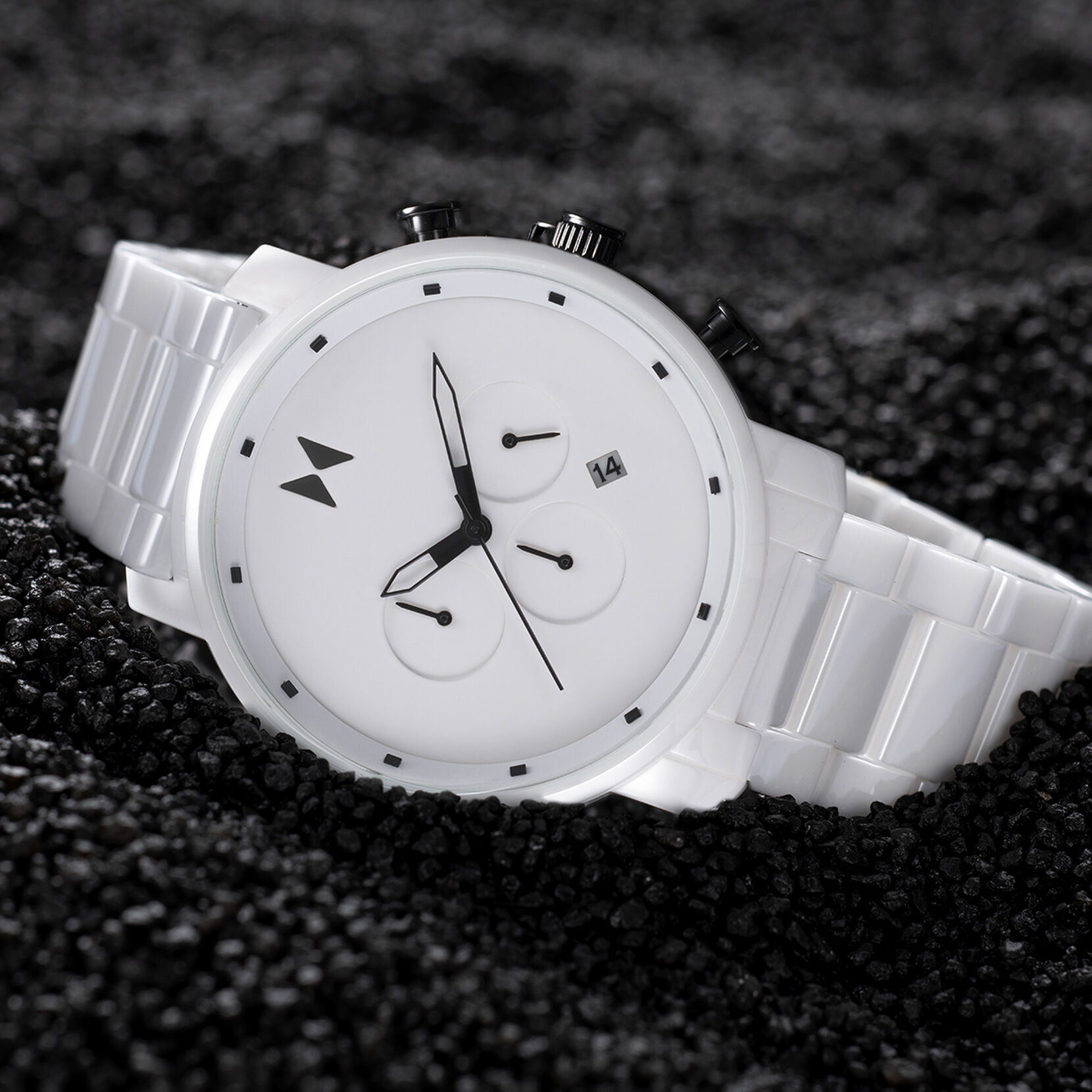
Lightweight
Ceramic is a lightweight material, making it an ideal choice for watchmakers who want to create comfortable watches for extended periods. Ceramic watches are less likely to feel heavy or bulky on the wrist, making them popular for sports and casual watches.
Resistance to Heat and Cold
Ceramic is a highly thermally stable material resistant to heat and cold. This means that watches made of ceramic can be worn in extreme temperatures without experiencing damage or deformation. This makes ceramic watches ideal for those who lead an active lifestyle or live in areas with extreme weather conditions.
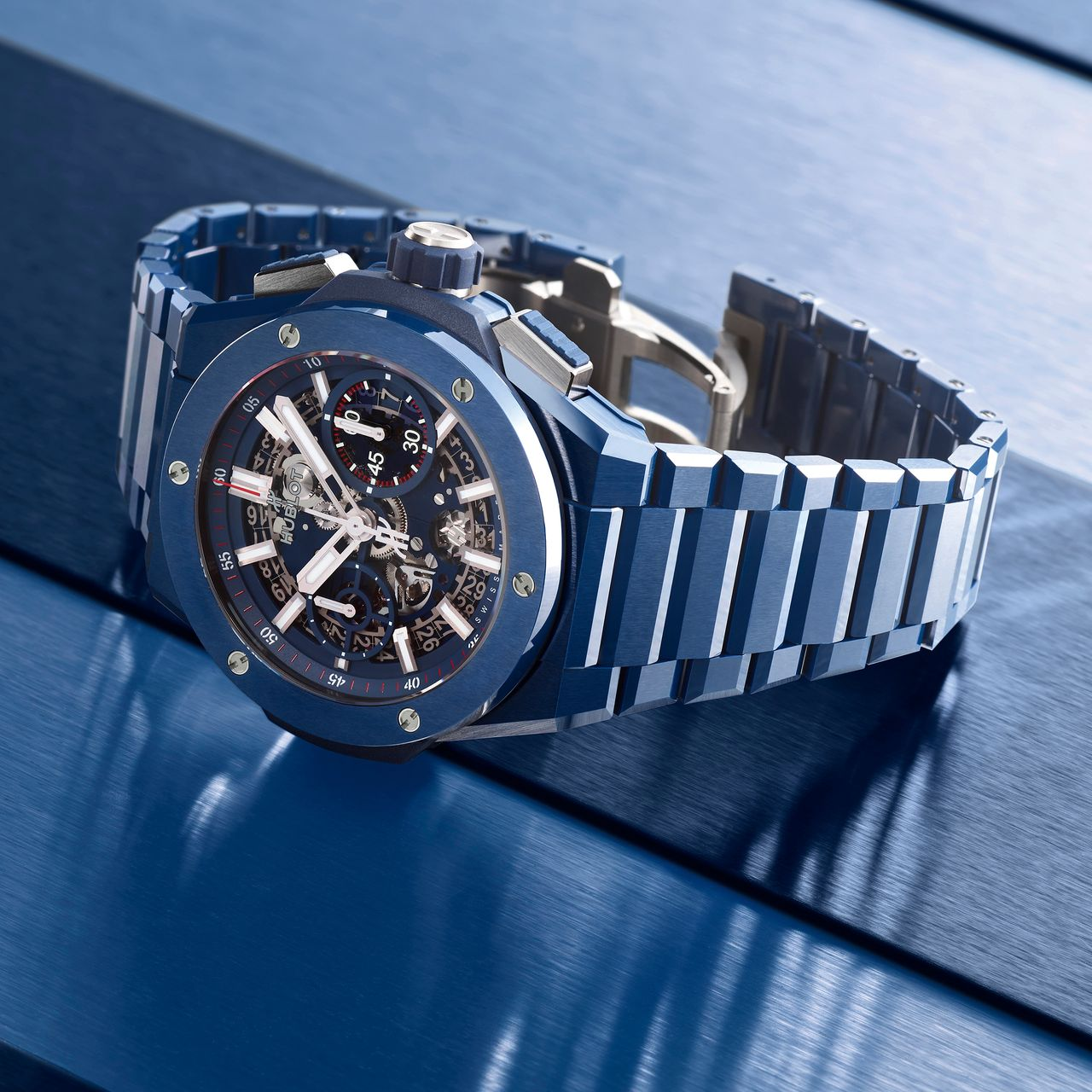
Hypoallergenic
Ceramic is a hypoallergenic material, which is less likely to cause an allergic reaction or skin irritation. This makes it an ideal material for watch cases and bracelets, particularly for those with sensitive skin. Watches made of ceramic can be worn comfortably for extended periods without causing discomfort.
Unique Appearance
Ceramic has a unique appearance that sets it apart from other materials. It has a matte, almost velvety finish giving it a sophisticated and elegant look. Watches made of ceramic can be made in various colors, including black, white, and even bright colors like red and blue. This unique appearance makes ceramic watches popular for those who want a timepiece that stands out from the crowd.
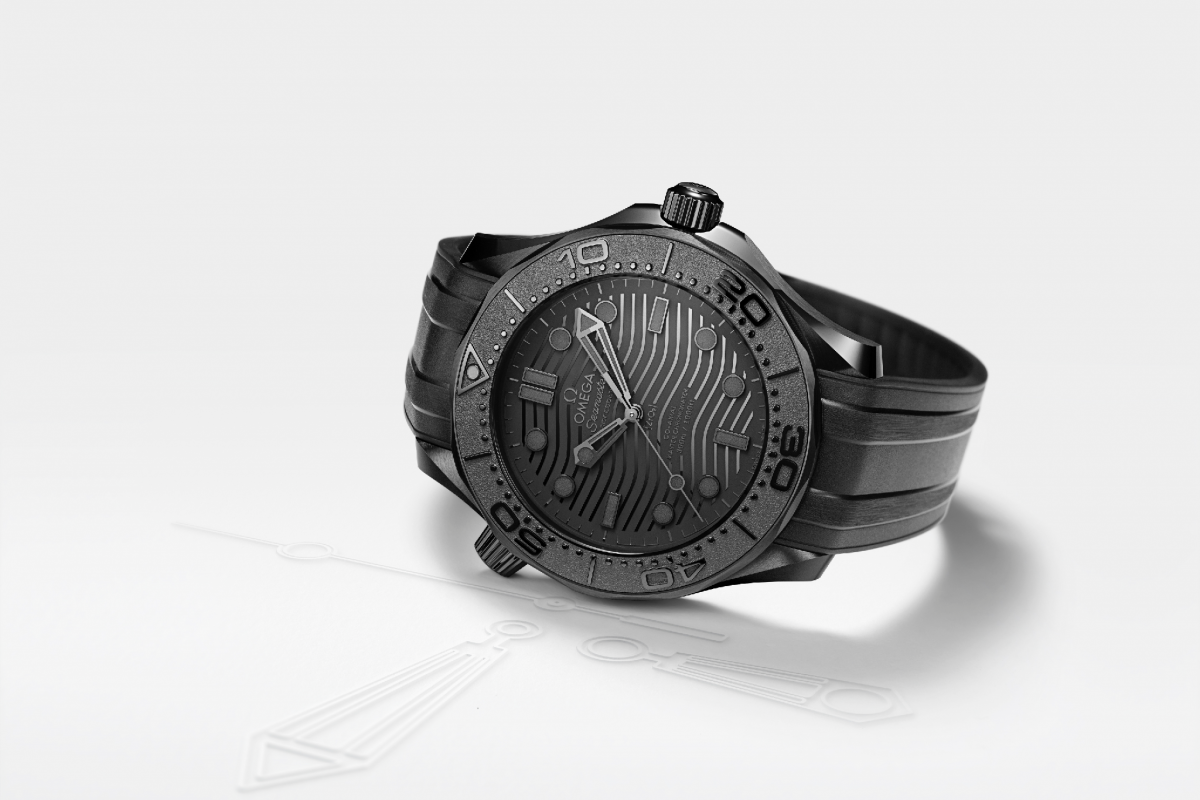
Resilience to Fading
Ceramic is highly resistant to fading, so watches made of this material will maintain their original appearance over time. This makes ceramic watches a low-maintenance option for those who want a luxury timepiece without the hassle of frequent upkeep.
Carbon Fiber
Carbon fiber is a lightweight and durable material often used in high-performance watches. It is resistant to scratches and wear and tear, making it ideal for sports and outdoor activities. Carbon fiber watches have a unique texture that differentiates them from other materials.
Carbon fiber is a highly innovative and sought-after material that has recently gained popularity in the watchmaking industry. It offers a unique set of properties, making it an ideal material for high-end watches. In this article, we'll explore why carbon fiber is an excellent material for making watches.

Lightweight
Carbon fiber is a very lightweight material, making it an ideal choice for watchmakers who want to create comfortable watches for extended periods. Watches made of carbon fiber are less likely to feel heavy or bulky on the wrist, making them a popular choice for sports and casual watches.
Durability
Carbon fiber is an extremely strong and durable material that can withstand the rigors of daily wear. It is highly resistant to scratches, impacts, and other types of damage, making it an ideal material for watch cases and bracelets. Watches made of carbon fiber are less likely to show signs of wear and tear over time and can last for many years with proper care.
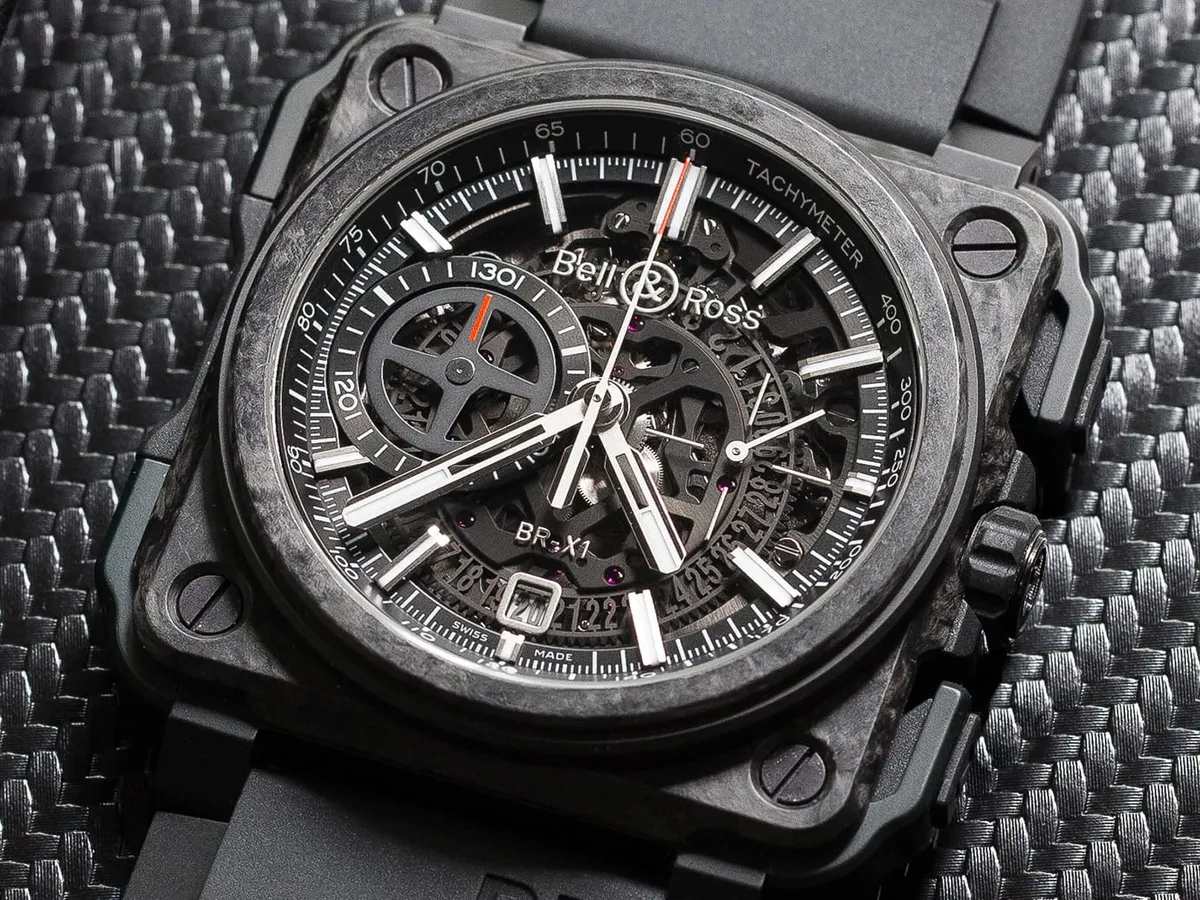
Resistance to Heat and Cold
Carbon fiber is a highly thermally stable material resistant to heat and cold. This means that watches made of carbon fiber can be worn in extreme temperatures without experiencing damage or deformation. This makes carbon fiber watches an ideal choice for those who lead an active lifestyle or who live in areas with extreme weather conditions.
Unique Appearance
Carbon fiber has a unique appearance that sets it apart from other materials. It has a distinctive texture that gives it a modern and high-tech look. Watches made of carbon fiber can be made in various colors, including black, silver, and even bright colors like green and blue. This unique appearance makes carbon fiber watches popular for those who want a timepiece that stands out from the crowd.
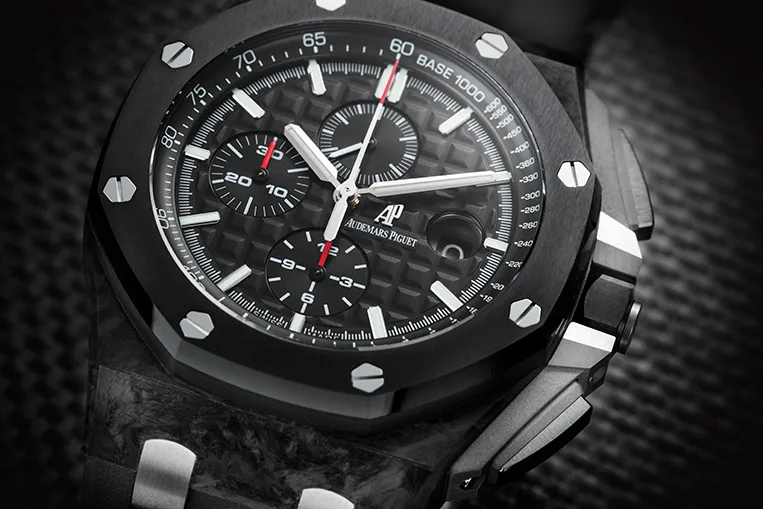
Hypoallergenic
Carbon fiber is a hypoallergenic material, which is less likely to cause an allergic reaction or skin irritation. This makes it an ideal material for watch cases and bracelets, particularly for those with sensitive skin. Watches made of carbon fiber can be worn comfortably for extended periods of time without causing discomfort.
Versatility
Carbon fiber is a highly versatile material used in various watch components, including cases, bezels, and even dials. This versatility allows watchmakers to create unique and innovative designs that are impossible with other materials.
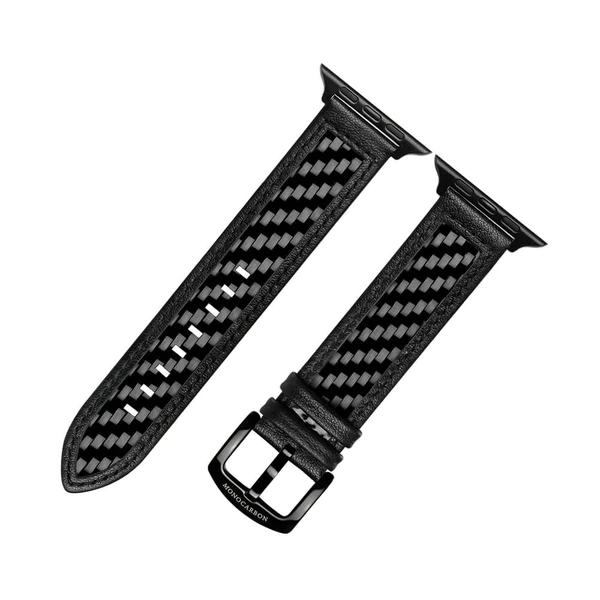
Sustainability
Carbon fiber is a sustainable material that is eco-friendly and easy to recycle. It is made from renewable resources, making it a great alternative to traditional watchmaking materials like metals and plastics. This makes carbon fiber watches a popular choice for those who want a timepiece that is not only high-quality but also environmentally friendly.
Leather
Leather is a classic material used in watchmaking, particularly in dress watches. It is soft, comfortable, and durable and comes in various colors and finishes. Leather straps can be easily replaced, allowing users to customize their watches to suit their style.
Leather is a timeless and classic material that has been used for centuries in various applications, including the manufacturing of watch straps. Leather is an excellent material for making watches for several reasons, which we'll explore in this article.
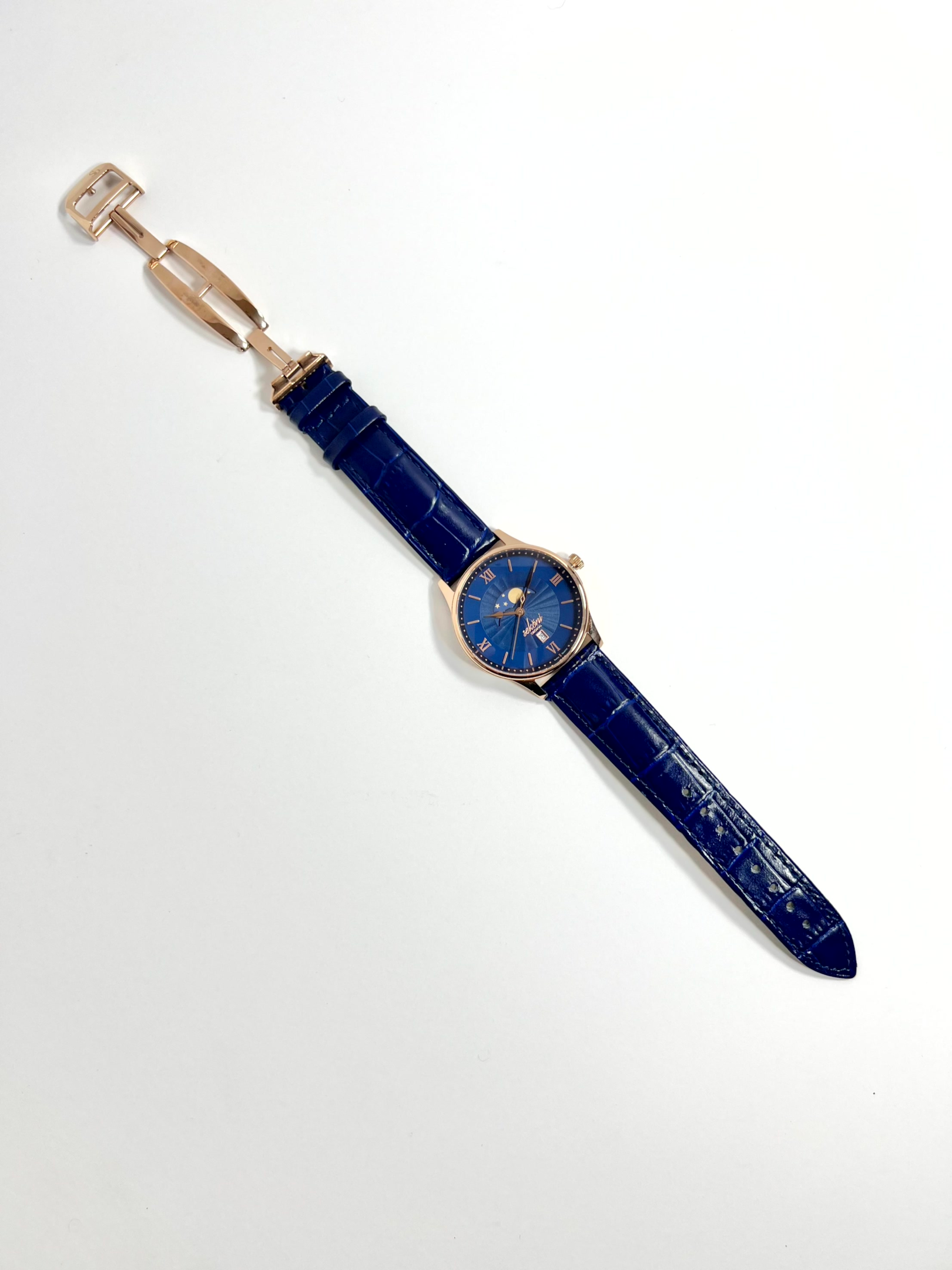
Comfortable
One of the main benefits of using leather as a watch strap material is that it is very comfortable to wear. Leather straps are soft and flexible, molding to the wrist and providing a comfortable fit. Also, leather is a breathable material, making it ideal for use in watches in warm climates or during physical activity.
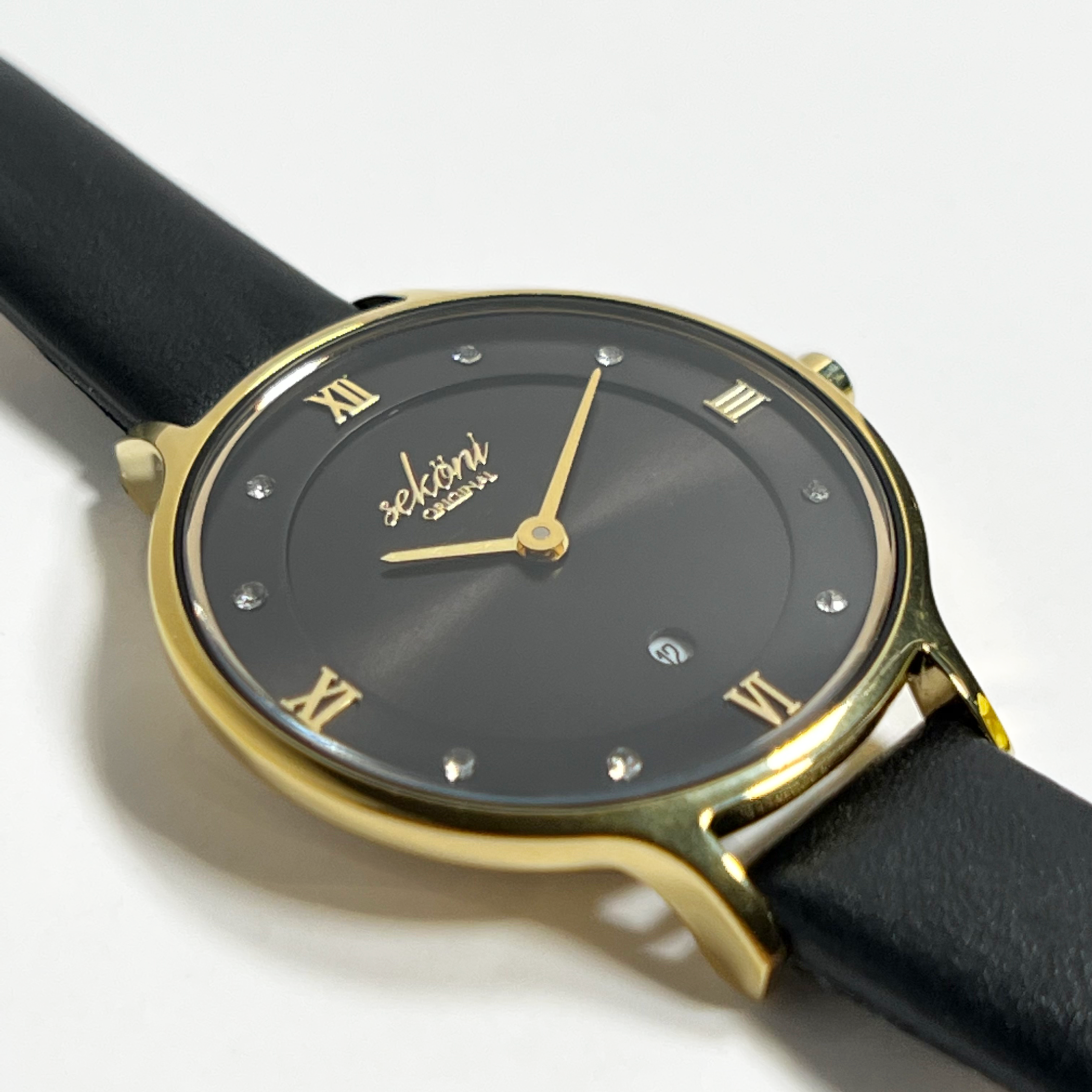
Durable
Leather is a durable material that can withstand the rigors of daily wear. High-quality leather straps can last for years with proper care, making them an ideal choice for a timepiece that can withstand time. Leather is also resistant to water and moisture, so it can be worn in various conditions without fear of damage.
Timeless Style
Leather is a classic material that always goes in style. It is a versatile material that can be dressed up or down, making it an ideal choice for various occasions. Leather straps come in multiple colors and finishes, allowing wearers to choose a style that matches their personal taste and fashion sense.
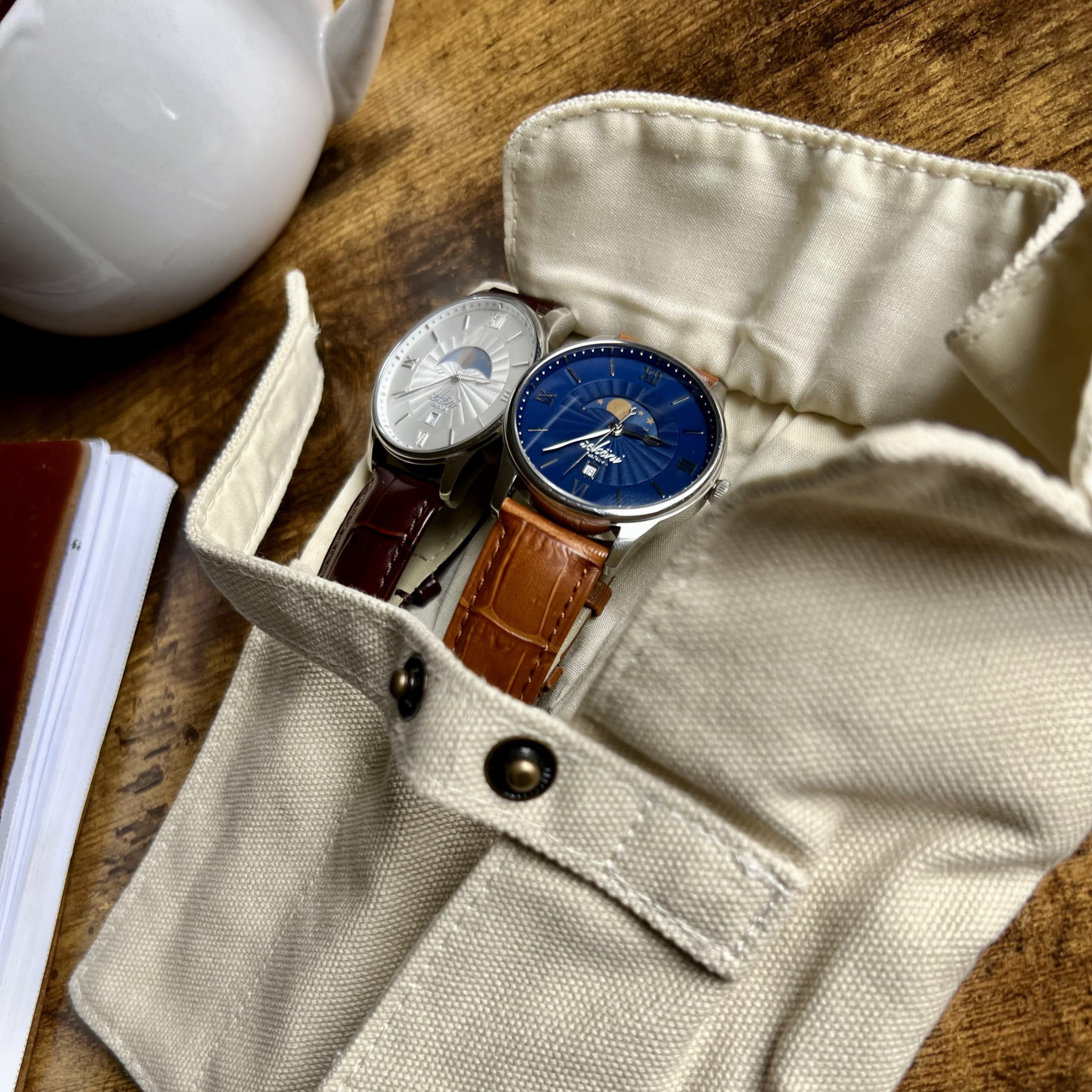
Customization
Leather straps can be easily customized to fit the wearer's preferences. They can be made in a variety of sizes, widths, and colors to match the wearer's wrist size and style preferences. Additionally, leather straps can be personalized with engravings or other customizations to create a one-of-a-kind timepiece.
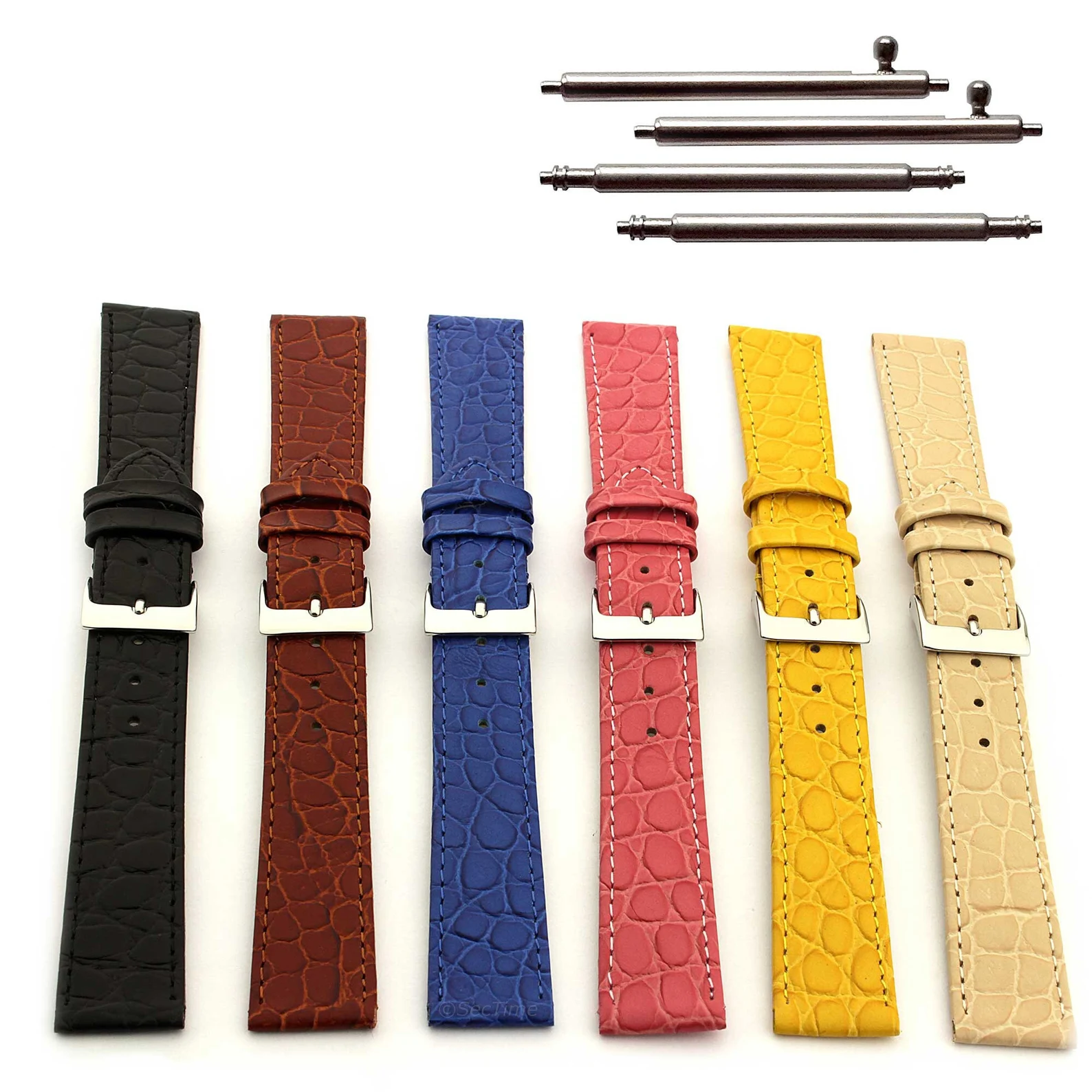
Affordability
Compared to other watch strap materials, leather is relatively affordable. While high-end leather straps can be expensive, many affordable options on the market still provide excellent quality and durability.
This makes leather straps a great choice for those who want a high-quality timepiece without breaking the bank. There are countless styles, stitching, colors, and grades of leather straps that are easy to find and source, making leather a great choice to showcase personality and taste when looking to personalize your timepieces.
Versatility
Leather is a versatile material that can be used in various watch designs. It can be combined with other materials, such as metals or textiles, to create unique and innovative watch straps.
Additionally, leather straps can be easily interchanged with different types of straps, allowing wearers to switch up the look of their timepieces without buying a new watch.
Timeless Quality
Leather is a material that only gets better with age. Over time, leather straps develop a unique patina and character that adds to their beauty and charm.
Leather straps are functional and add a touch of elegance and sophistication to any timepiece. Whether you're looking for a casual everyday watch or a formal dress watch, leather straps are an excellent choice.
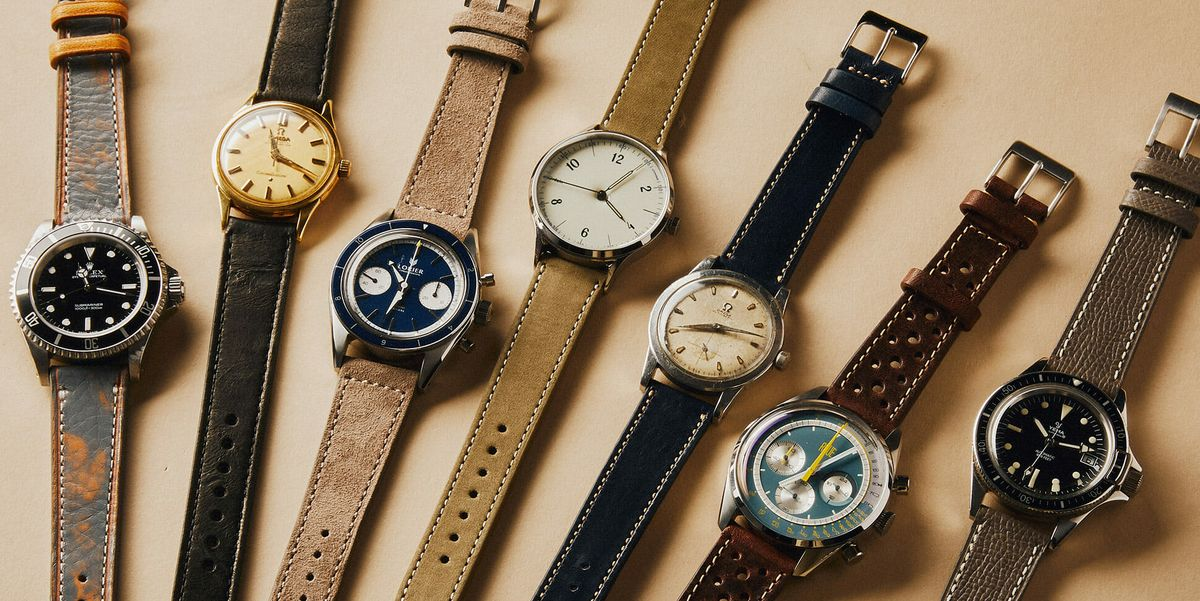
Rubber
Rubber is a durable and flexible material often used in sports watches. It is waterproof and resistant to wear and tear, making it ideal for outdoor activities. Rubber straps are also comfortable, making them popular among athletes and people with active lifestyles.
Rubber has been used for decades in manufacturing various products, including watches. Its popularity is due to the unique properties that make it a versatile material for different applications. Regarding watches, rubber has become a popular choice for straps and cases.
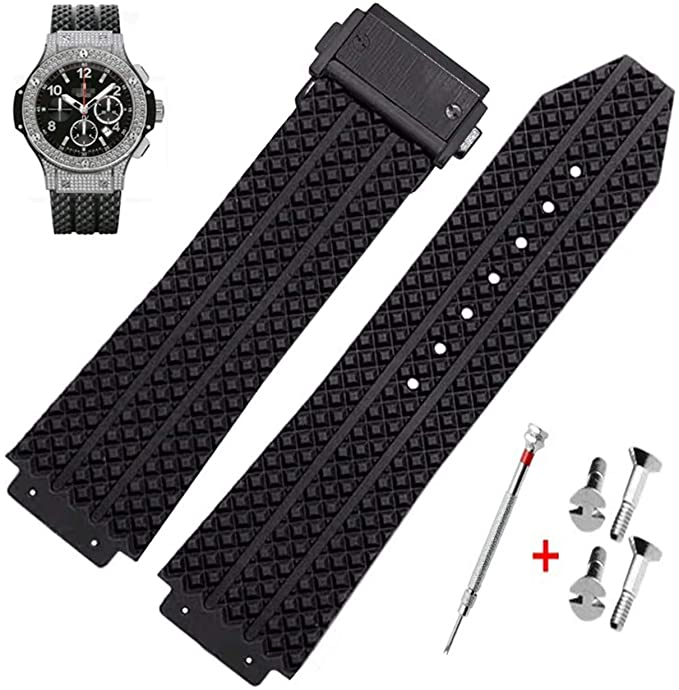
Durability
One of the critical features of rubber is its durability. Rubber straps and cases are resistant to scratches, abrasions, and punctures. They are also water-resistant, making them ideal for diving watch use. Unlike leather straps that can become brittle and crack over time, rubber straps maintain their shape and flexibility, making them an excellent choice for daily wear.
Comfort
Another benefit of rubber straps is their comfort. Rubber is a soft, flexible material that conforms to the shape of your wrist, providing a comfortable fit. It is also lightweight, making it ideal for people who prefer a lighter watch on their wrist.
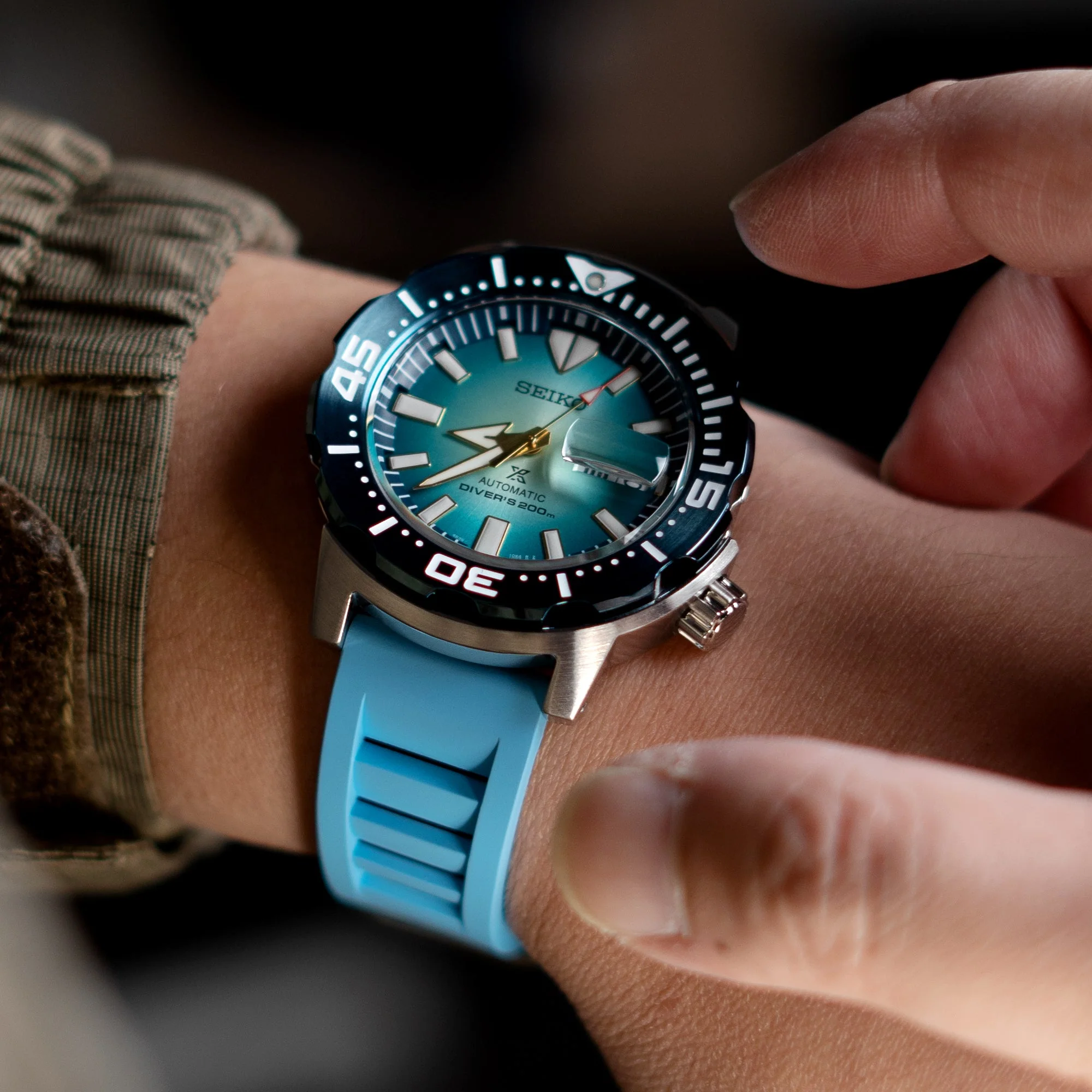
Style
Rubber straps come in a wide range of colors and designs, making them an excellent option for people who want to express their style through their watches. You can find rubber straps in classic black or brown, or choose a more vibrant color to make a statement. Some rubber straps have unique patterns or textures that add an extra style element to your watch.
Versatility
Rubber straps are versatile and can be worn in various settings. They are suitable for sports and outdoor activities but also look great with casual and business attire. The versatility of rubber straps makes them an ideal choice for people who want a watch that can be worn in different settings.
Affordable
Compared to other materials used for watch straps, rubber is an affordable option. While leather, metal, or exotic materials can cost a lot, rubber straps are relatively inexpensive, making them accessible to a broader range of people.
Easy to Maintain
Rubber straps are easy to maintain and clean. They can be wiped down with a damp cloth and some mild soap, making them a low-maintenance option. Unlike other strap materials that require regular conditioning, rubber straps do not!
In addition to straps, rubber is also an excellent material for watch cases. Rubber watch cases are shock-resistant and protect the delicate mechanisms inside the watch. They are also lightweight and comfortable to wear. Whether you are looking for a sports watch or a casual timepiece, rubber is an excellent choice for your next watch.
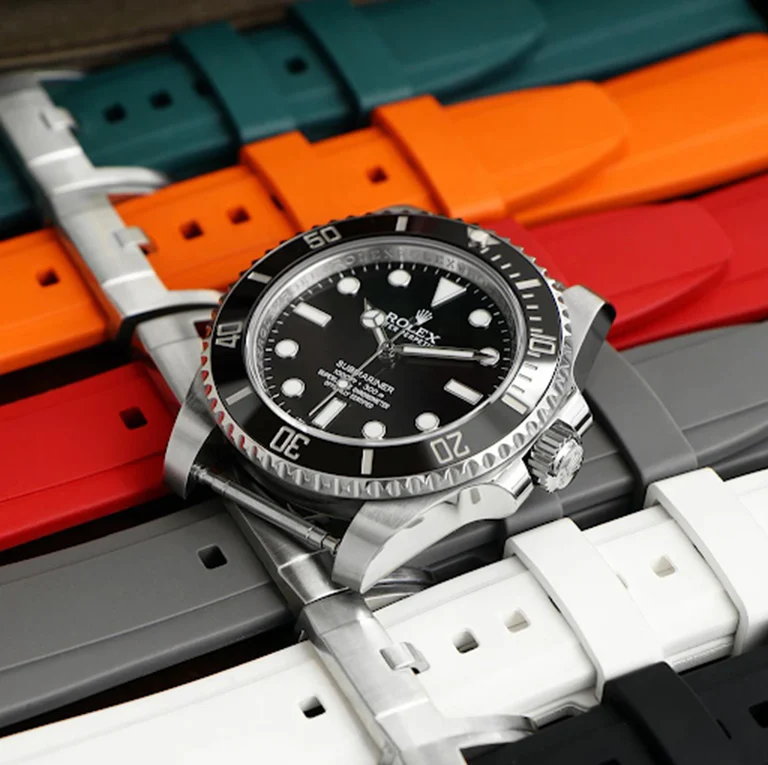
In conclusion, many different materials are used to make watches, each with unique characteristics and benefits. Although several materials mirror others, there is always a unique reason to use the selected materials.
Whether you're looking for a classic gold watch, a high-performance carbon fiber watch, or a sporty rubber watch, there is a material that will suit your needs and style. When choosing a watch, consider the material as well as the design, functionality, and features that are important to you. There is certainly a watch out there for everyone!
Final Thoughts
The materials used in watchmaking play a critical role in the functionality, style, and overall value of a timepiece. From traditional materials like stainless steel, gold, and platinum to modern materials like ceramic and carbon fiber, each material offers its unique advantages and disadvantages.
Ultimately, the choice of material depends on personal style, budget, and the intended use of the watch. Each material has its unique advantages and disadvantages, and it is essential to consider these factors when choosing a watch.
Each of the materials used in watchmaking are critical to the overall design, durability, and functionality of a timepiece. From traditional materials like stainless steel, gold, and platinum to modern materials like ceramic and carbon fiber, each material offers its unique set of benefits and disadvantages. When choosing a watch, it is essential to consider the material used in its construction and how it will impact the watch's performance, style, and value.
Finally, watchmaking is an art that requires a deep understanding of materials, attention to detail, and precision. Every material has unique properties that must be considered to create a quality timepiece. Watchmakers must carefully select materials to create watches that not only tell time but also reflect the wearer's personality and style. The materials used in watchmaking are a testament to the beauty and craftsmanship of this art form and will continue to shape the industry for years to come.







Leave a comment